feng
work recorded from 2001-2024
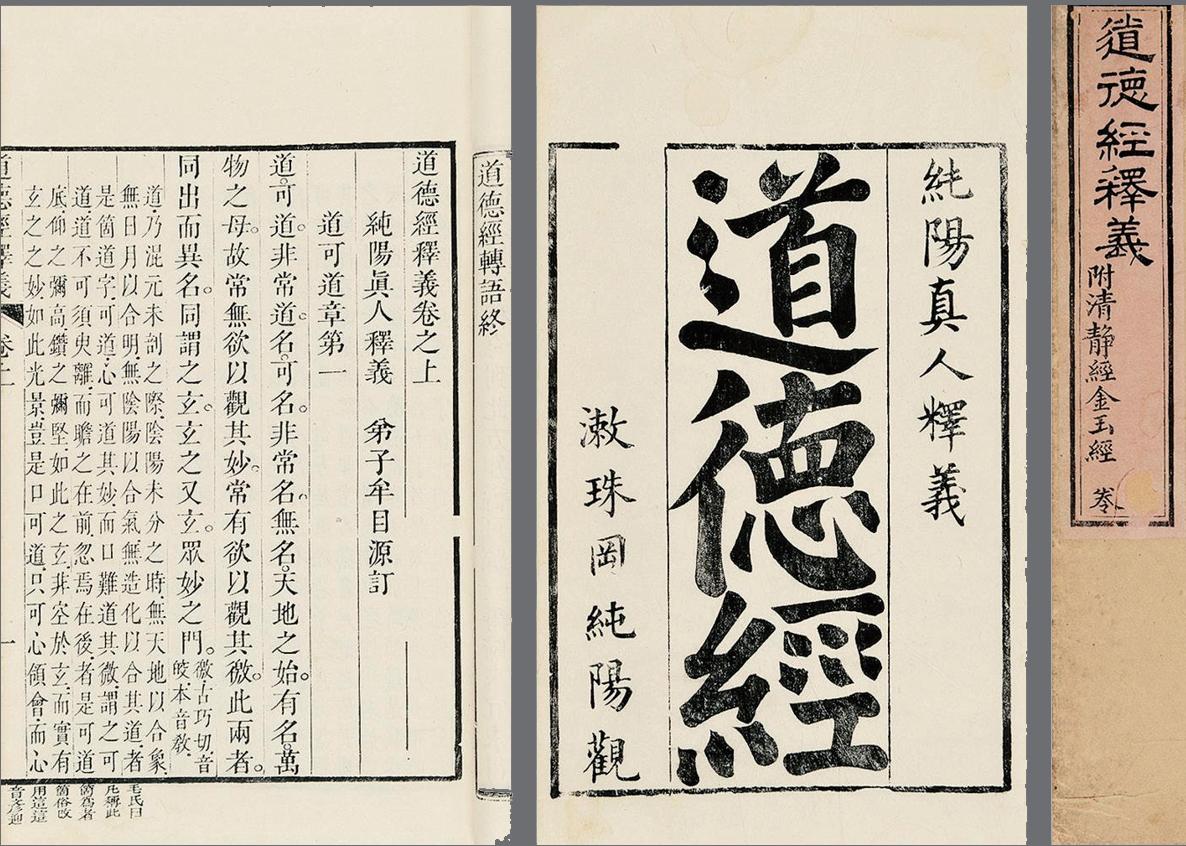

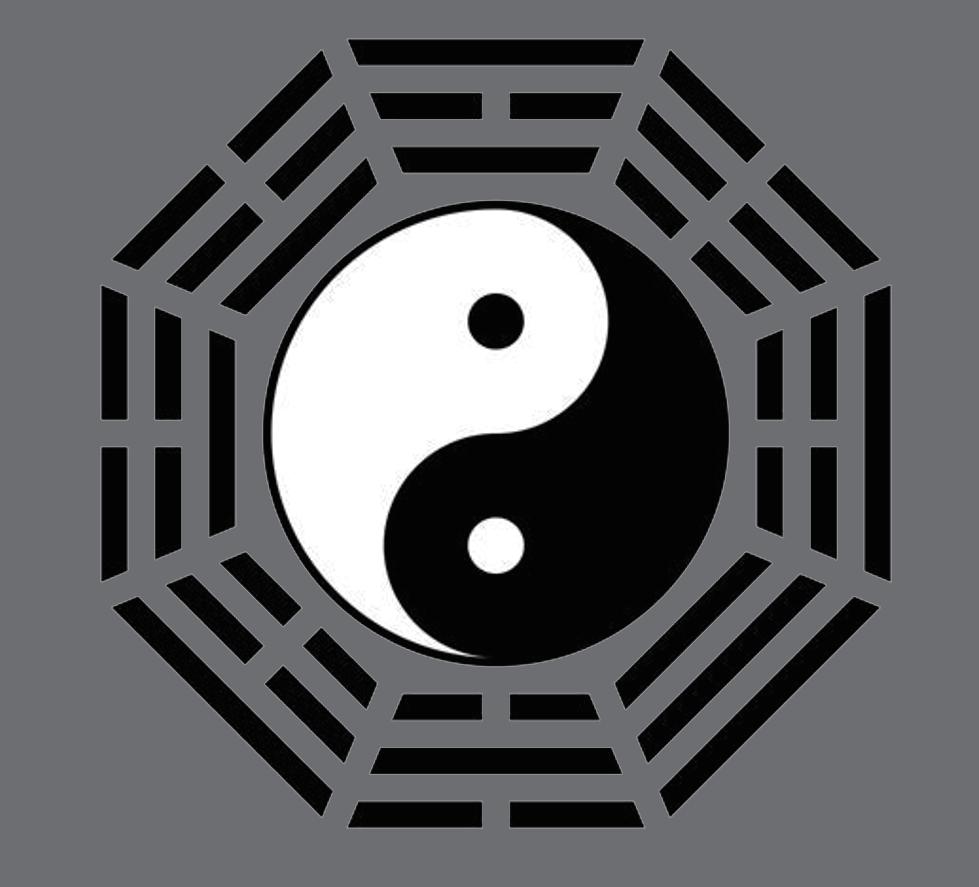
from the perspective of ecological architectural design and environmental psychology
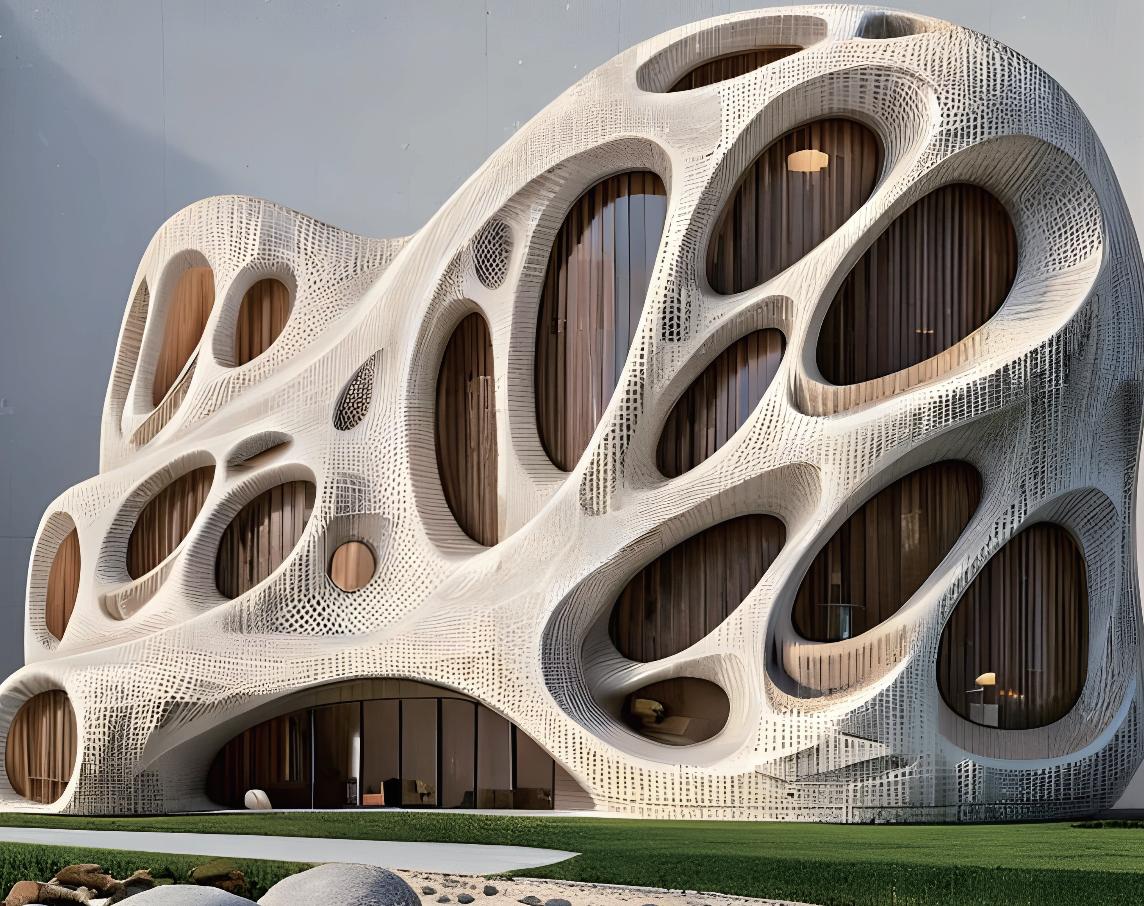
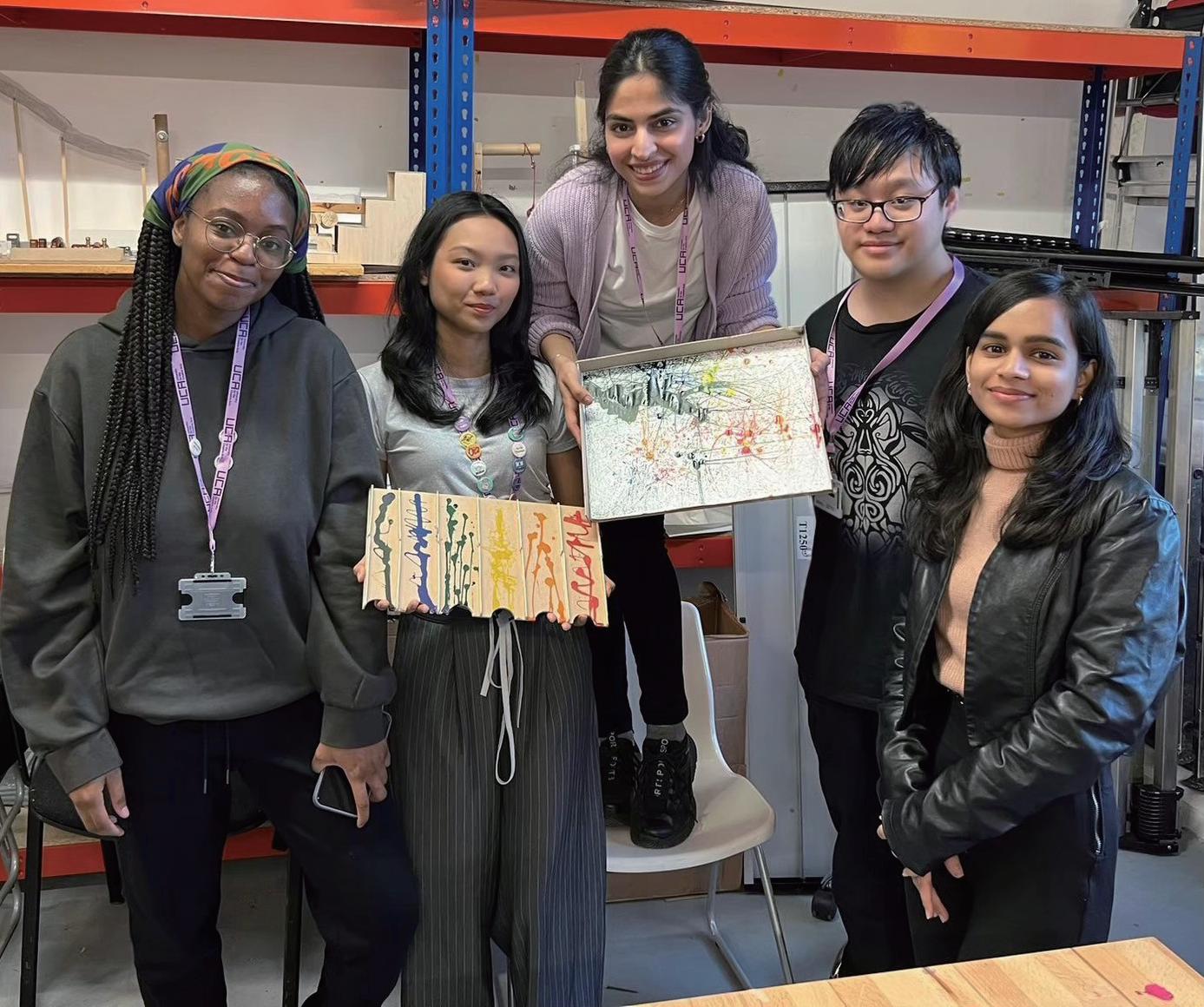
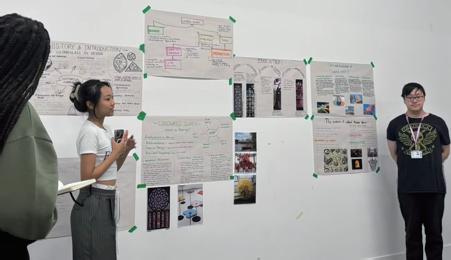
Influenced by Chinese culture before the age of 18 (2001-2020)
Receive various subject skills training at UCA
Feng Shui Theory
Feng Shui has a very long history in China, the common people strictly followed the Feng Shui theory in their home construction, spatial layout, and surrounding environment. Feng Shui is the Chinese philosophy of life and allows them to live within the laws of nature. Feng is the wind which refers to vitality and energy, while Shui is water which refers to flow and change.
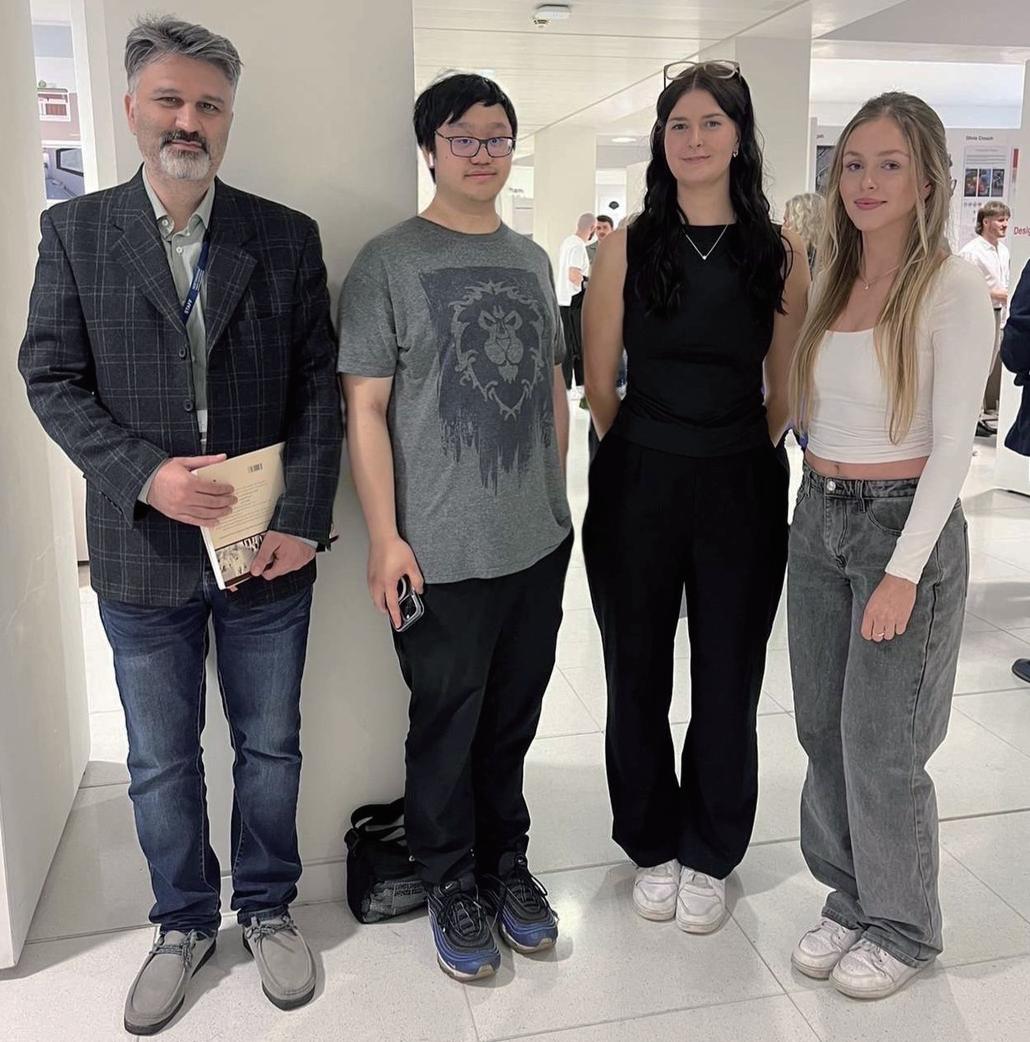
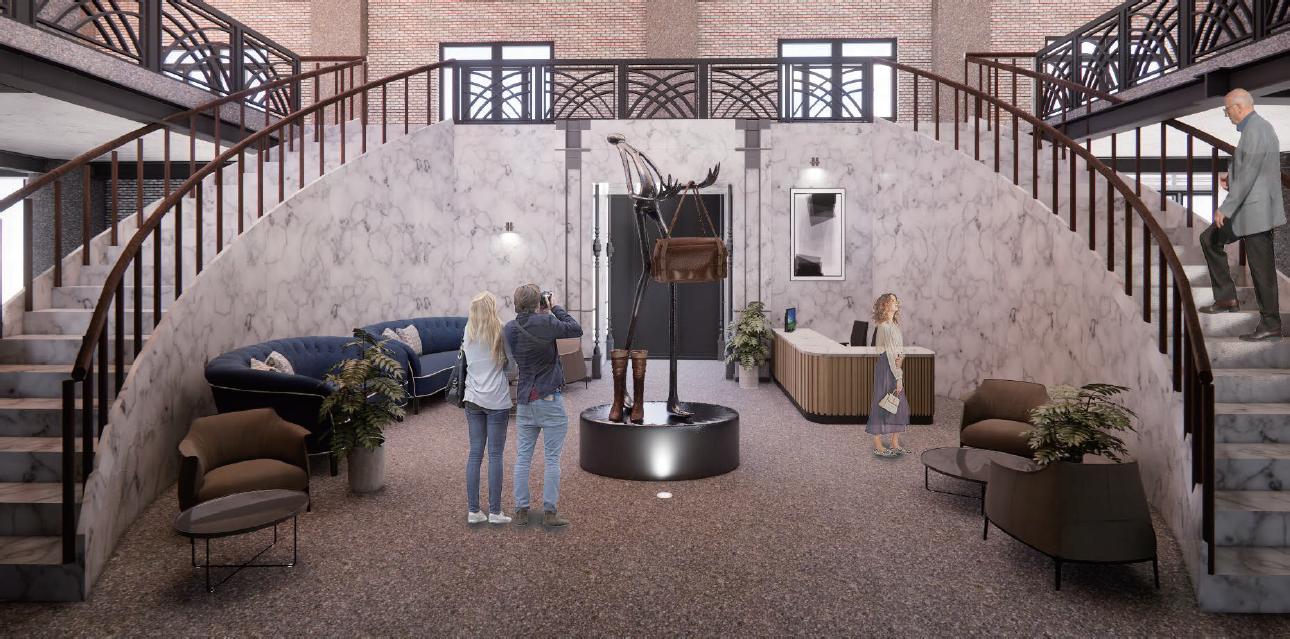
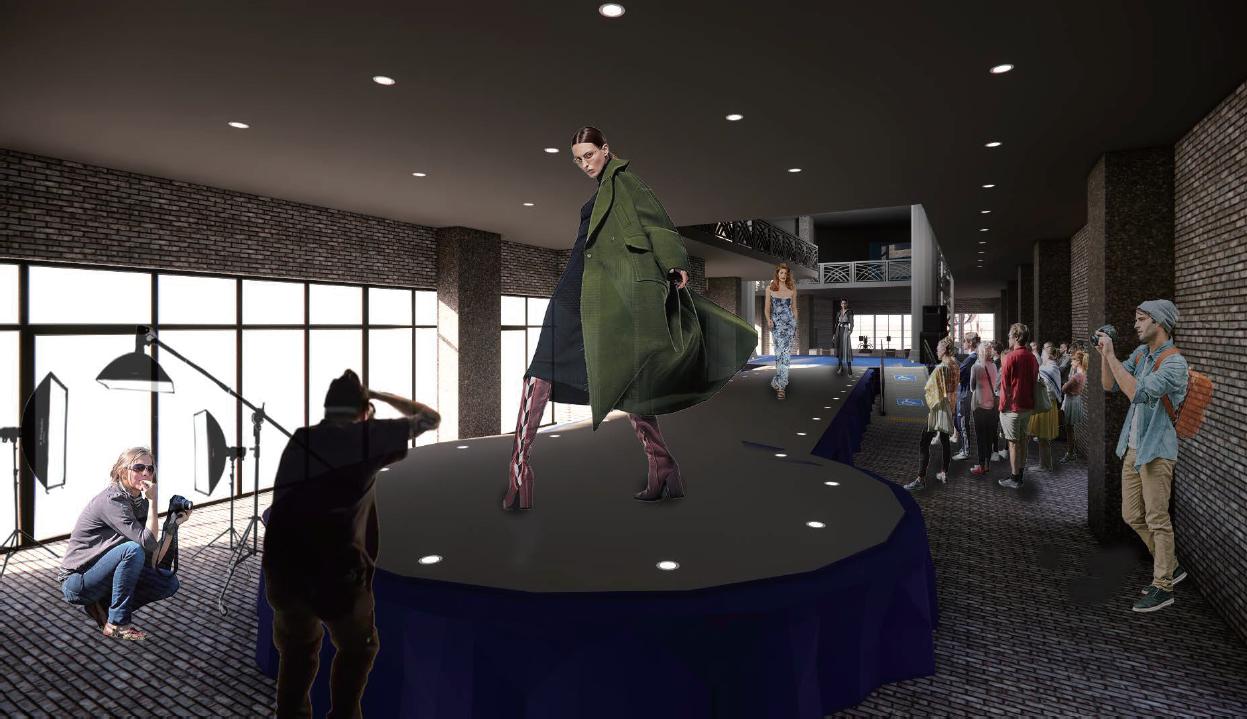
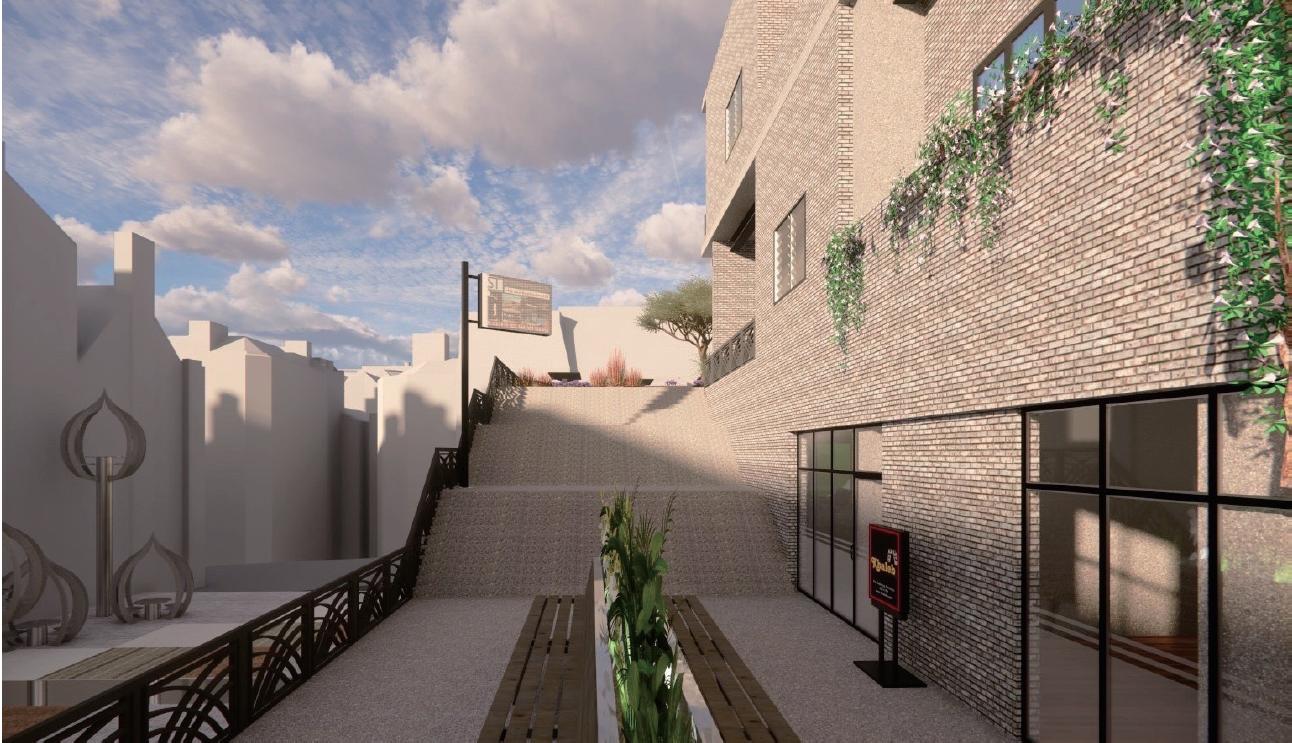
Undergraduate Education -BArch (Architecture) Professional Research
Graduate Display

Study in the Department of BArch(Architecture) at Nottingham Trent University in the UK, experiencing the collision and baptism of Eastern and Western cultures.(2021-2024)
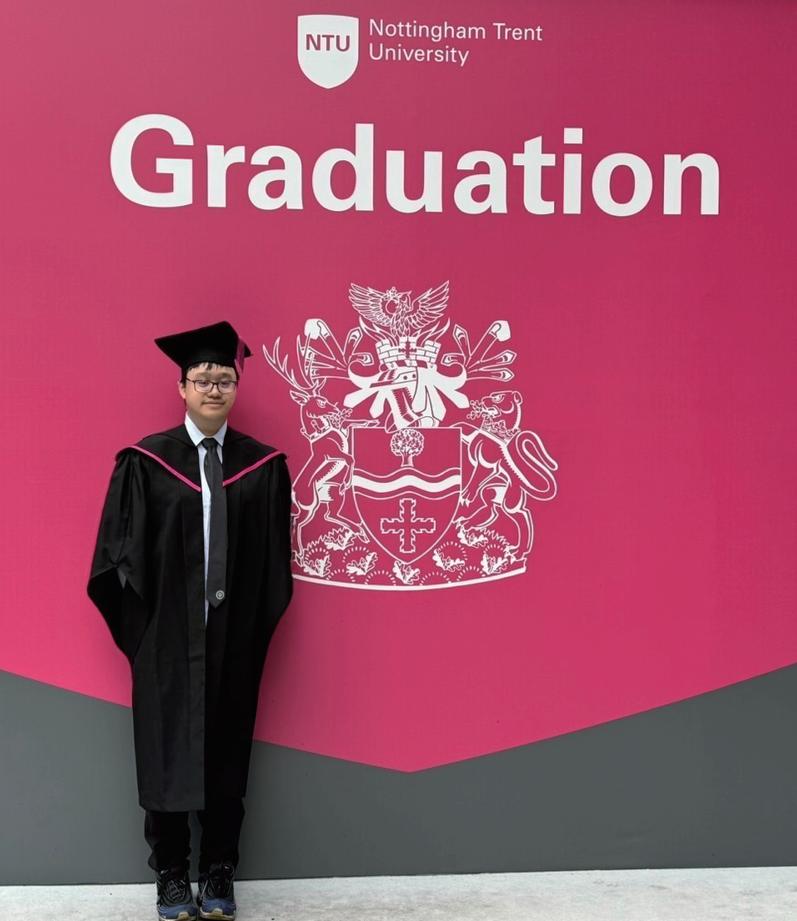
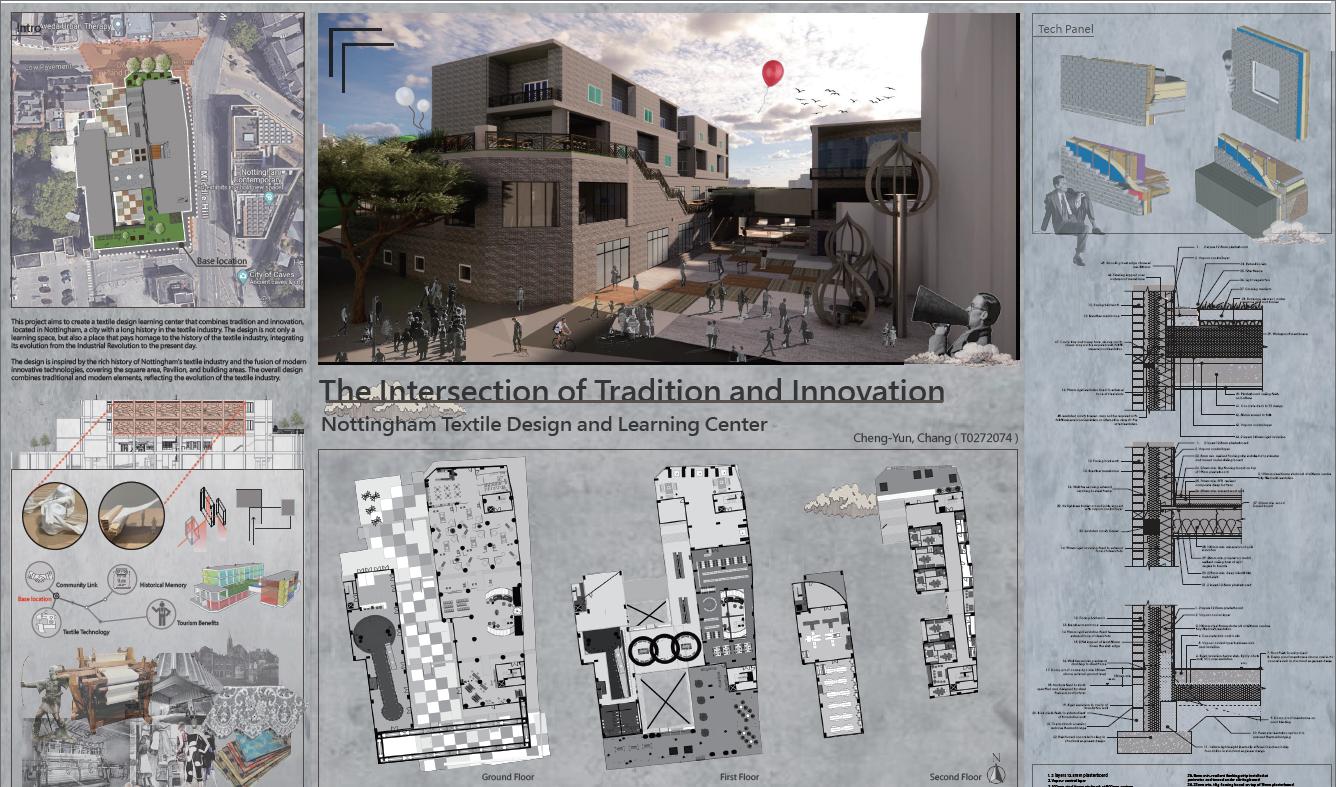


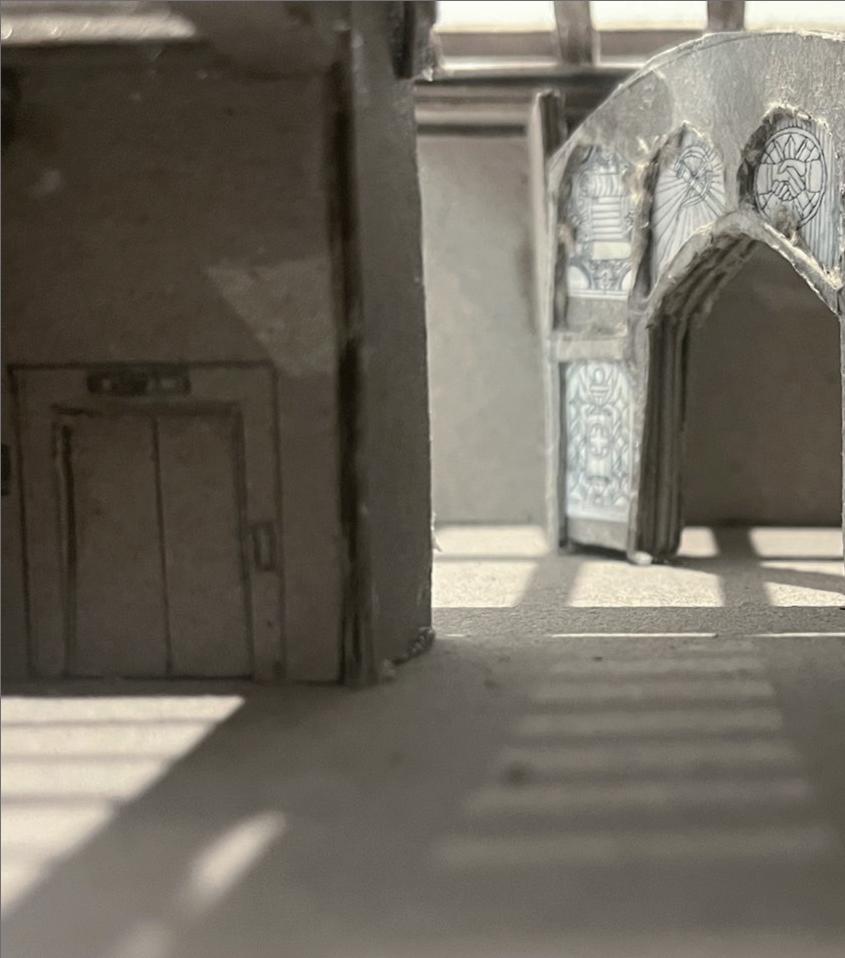

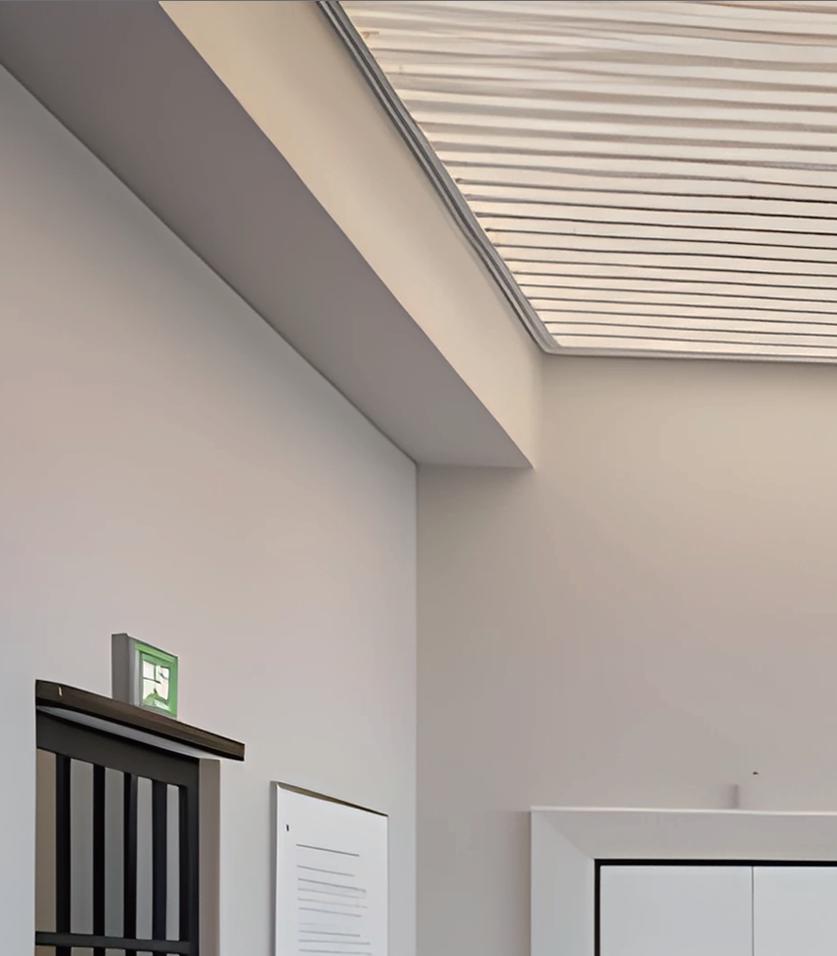
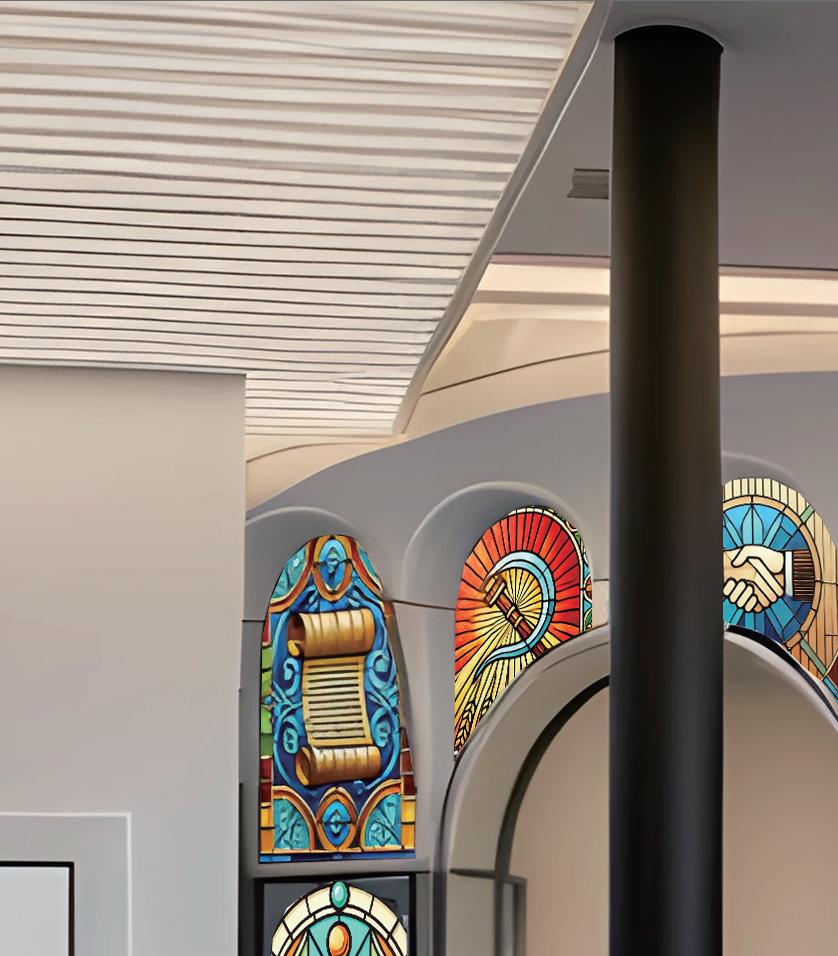
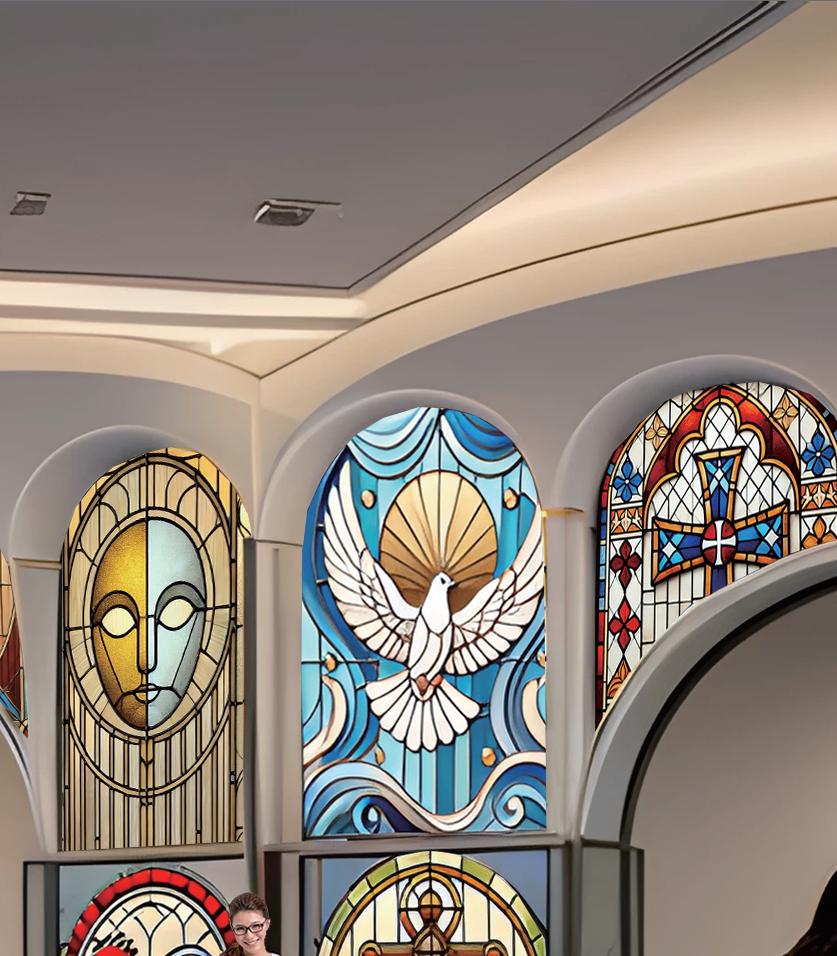
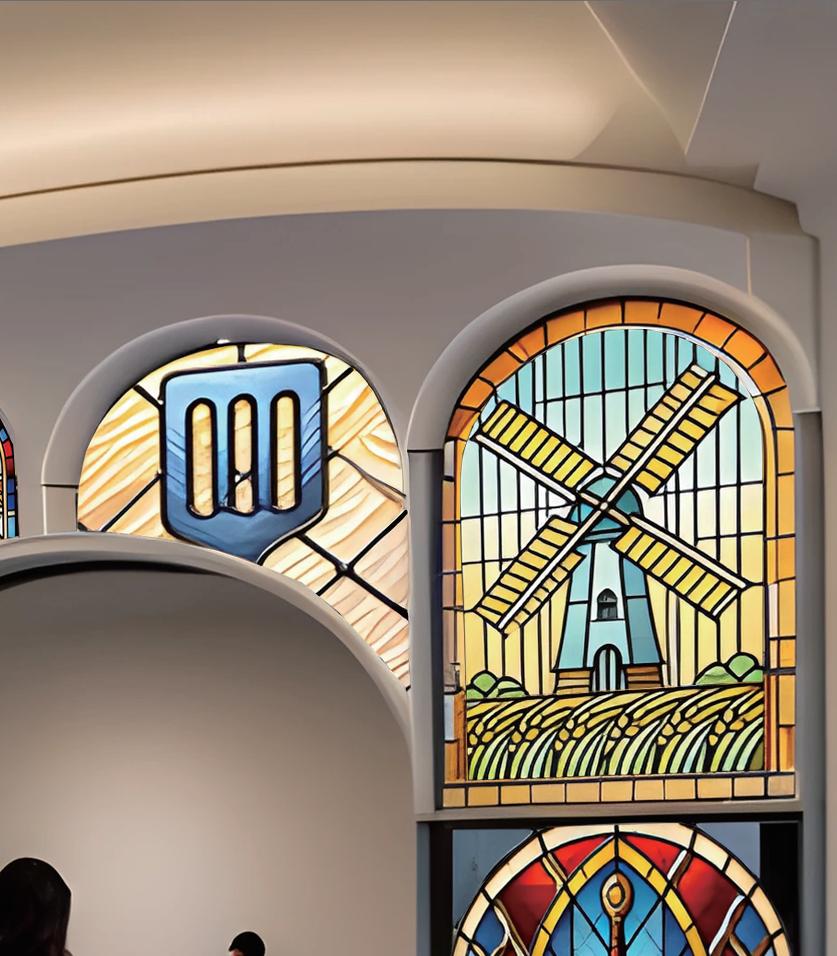
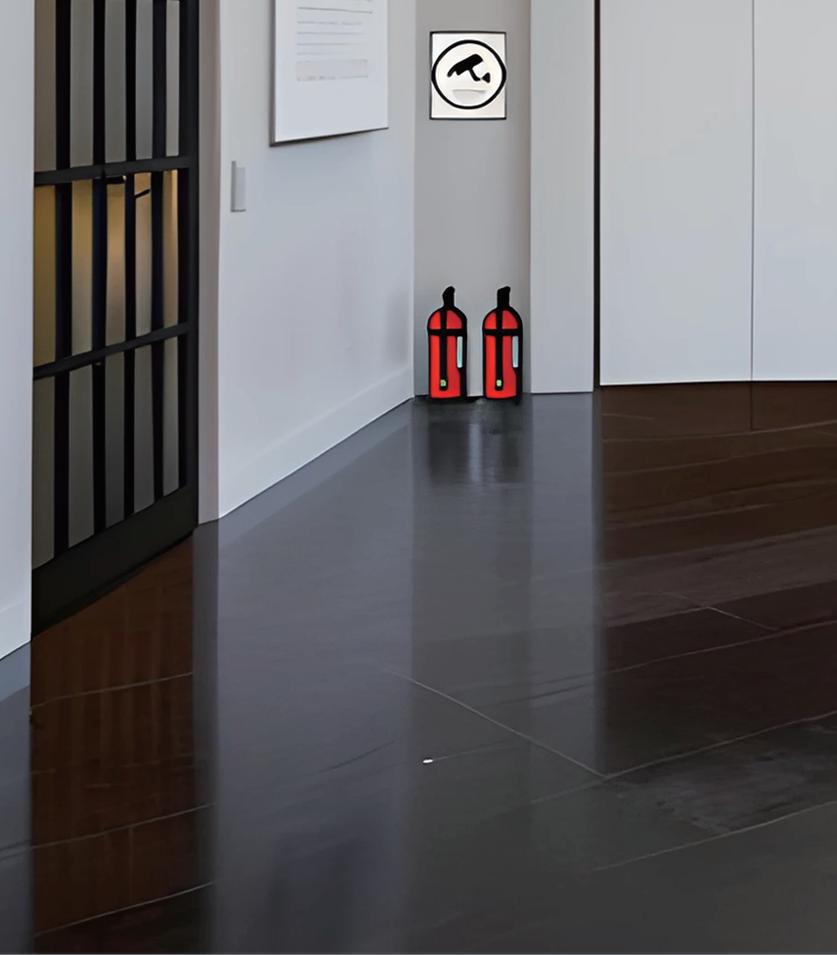
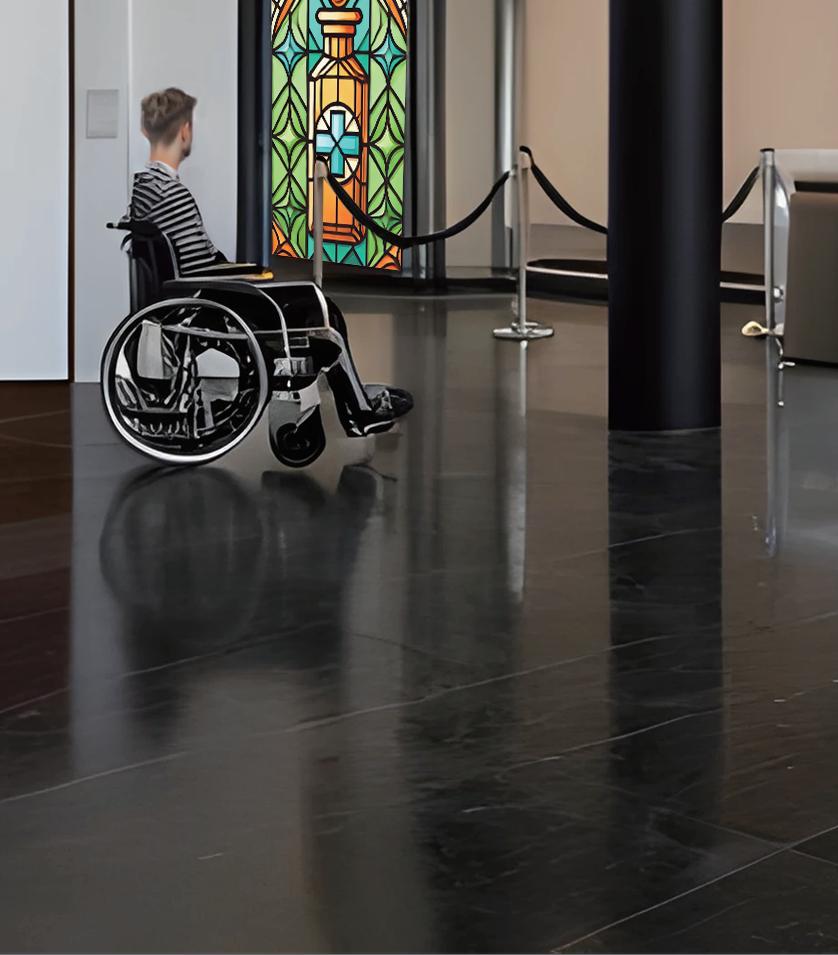
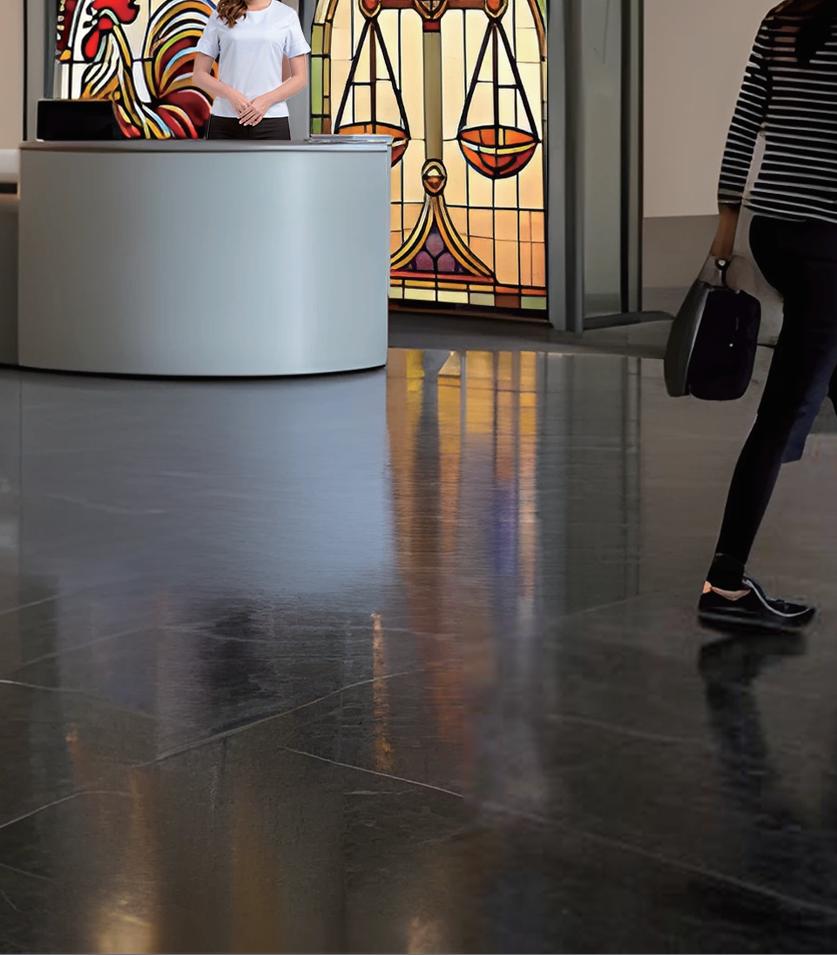
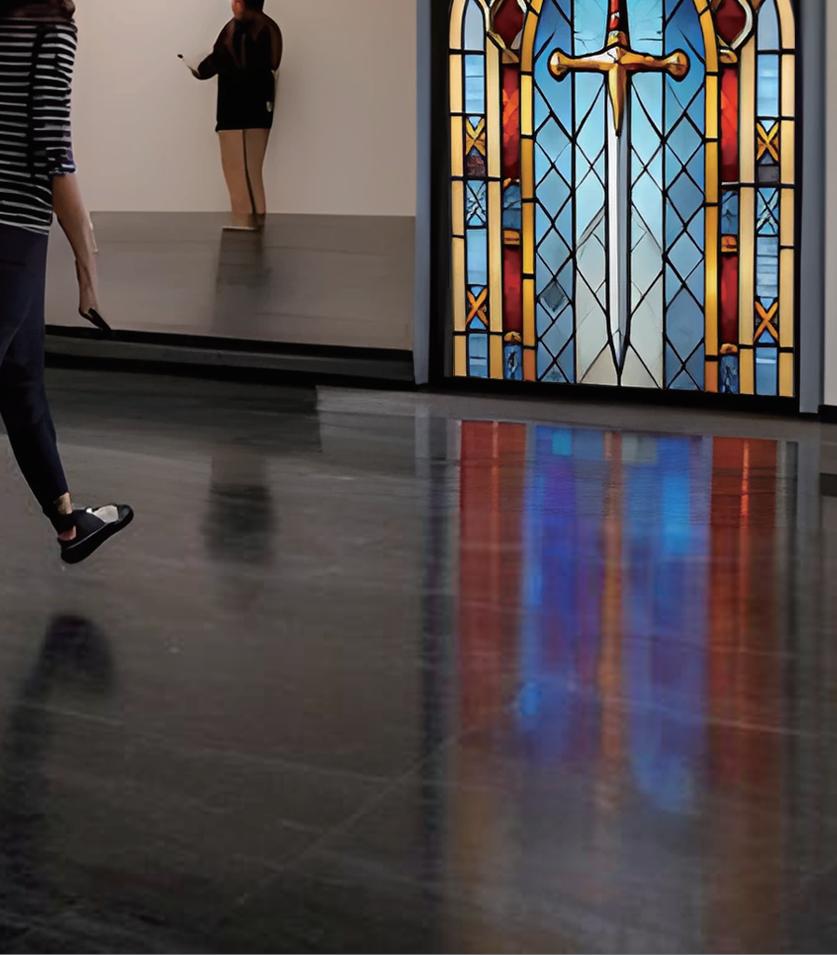
Through lectures and discussions understand the issues that have already and are currently shaping contemporary design and architectural practices, and critically evaluate these practices through reflection and debate.
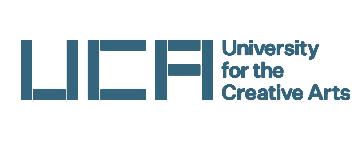
Utilizing Varying facilities



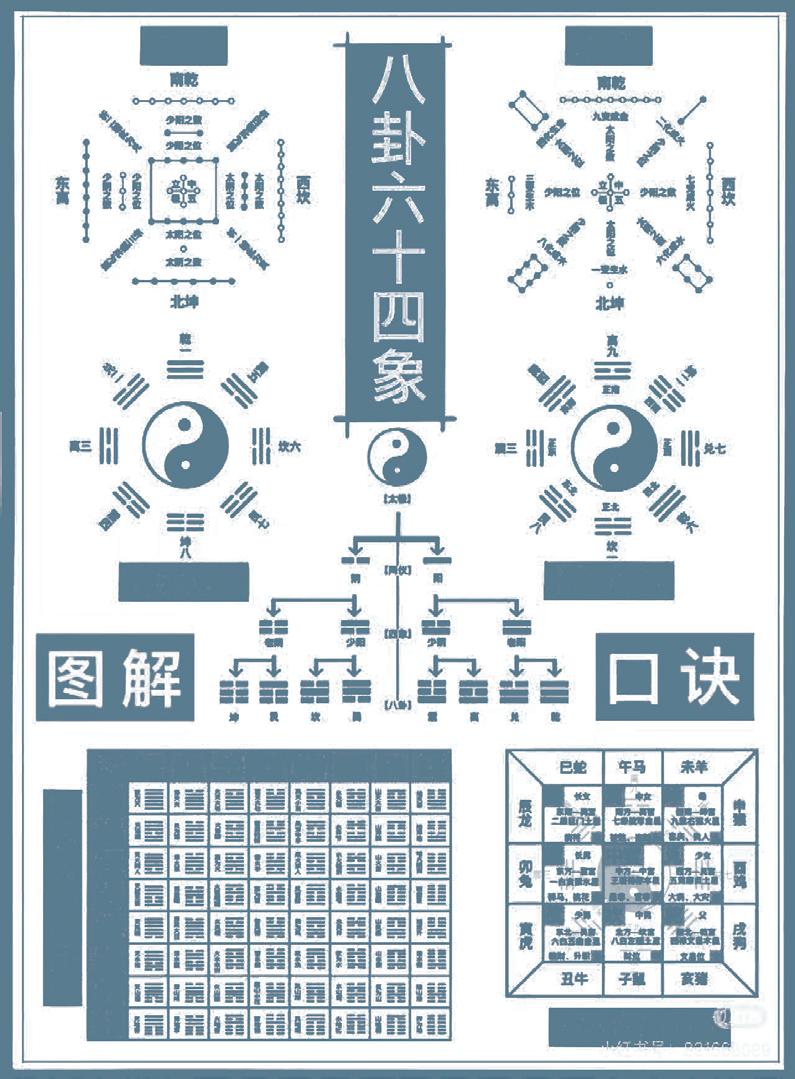
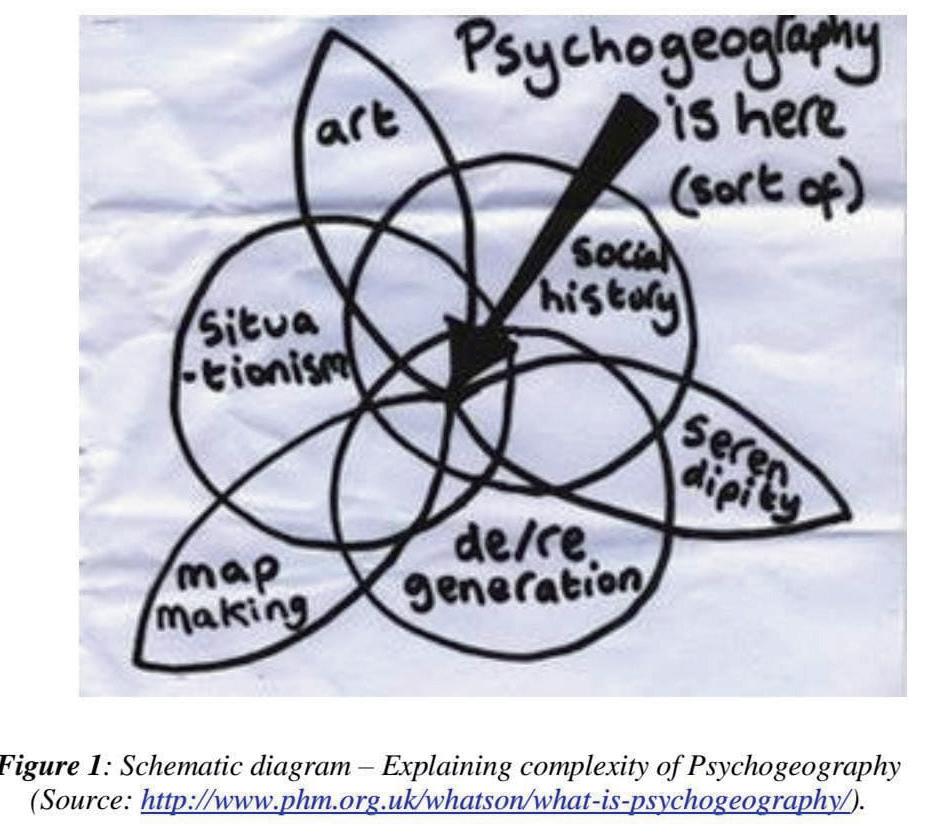
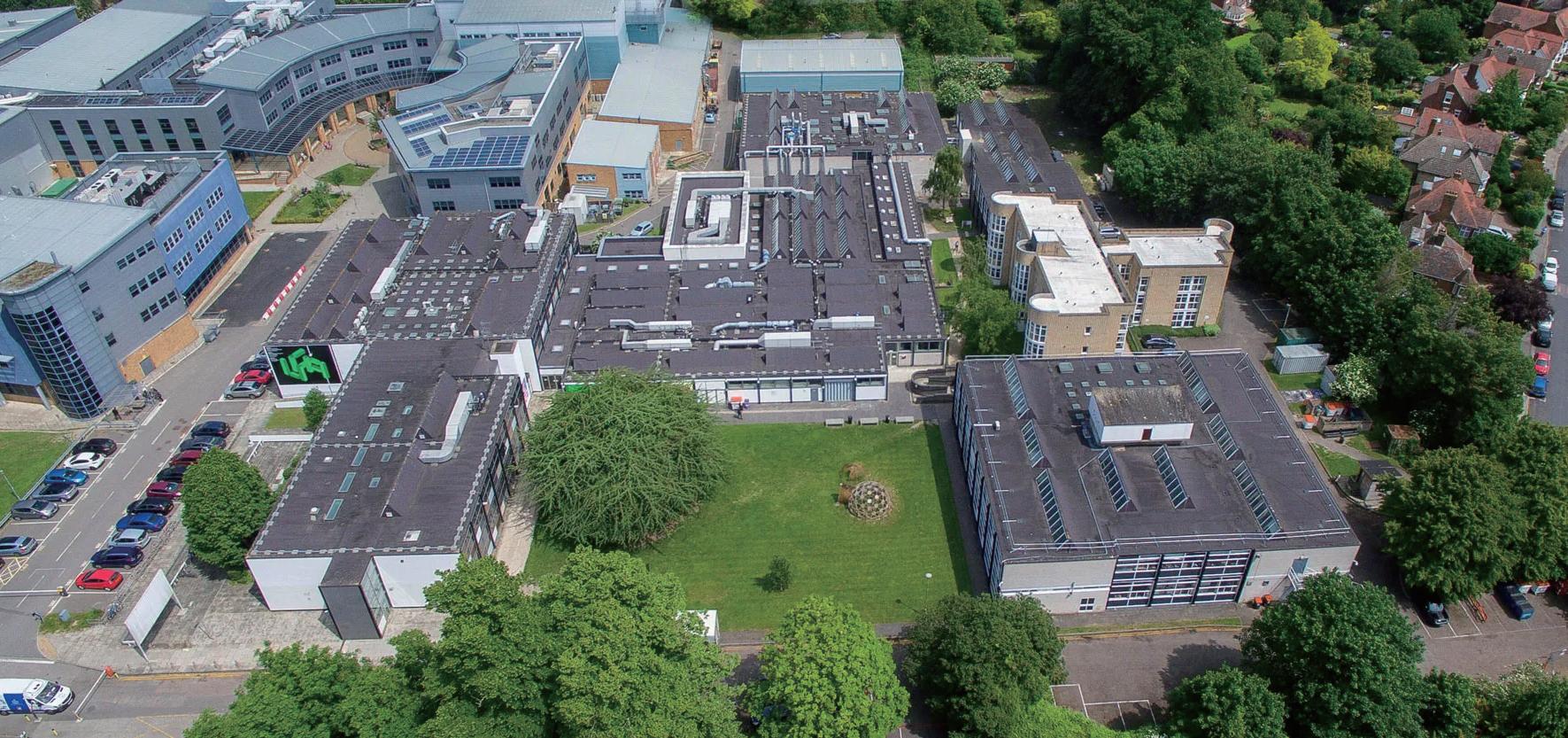
"Lu Chong" refers to the direct frontal or sloping direction of a road towards the main entrance of a building (as shown in Figures 10 a and b), which is said to direct strong destructive energy onto the building, affecting the comfort and mental health of residents
The solution in Feng Shui is to place a "Shi Gandang (large stone)" between buildings and roads. If the buffer zone is large enough, green vegetation can be planted around the "Shi Gandang" or a small pool can be built behind it. In the pool, the fish can be raised and some aquatic plants can be placed.
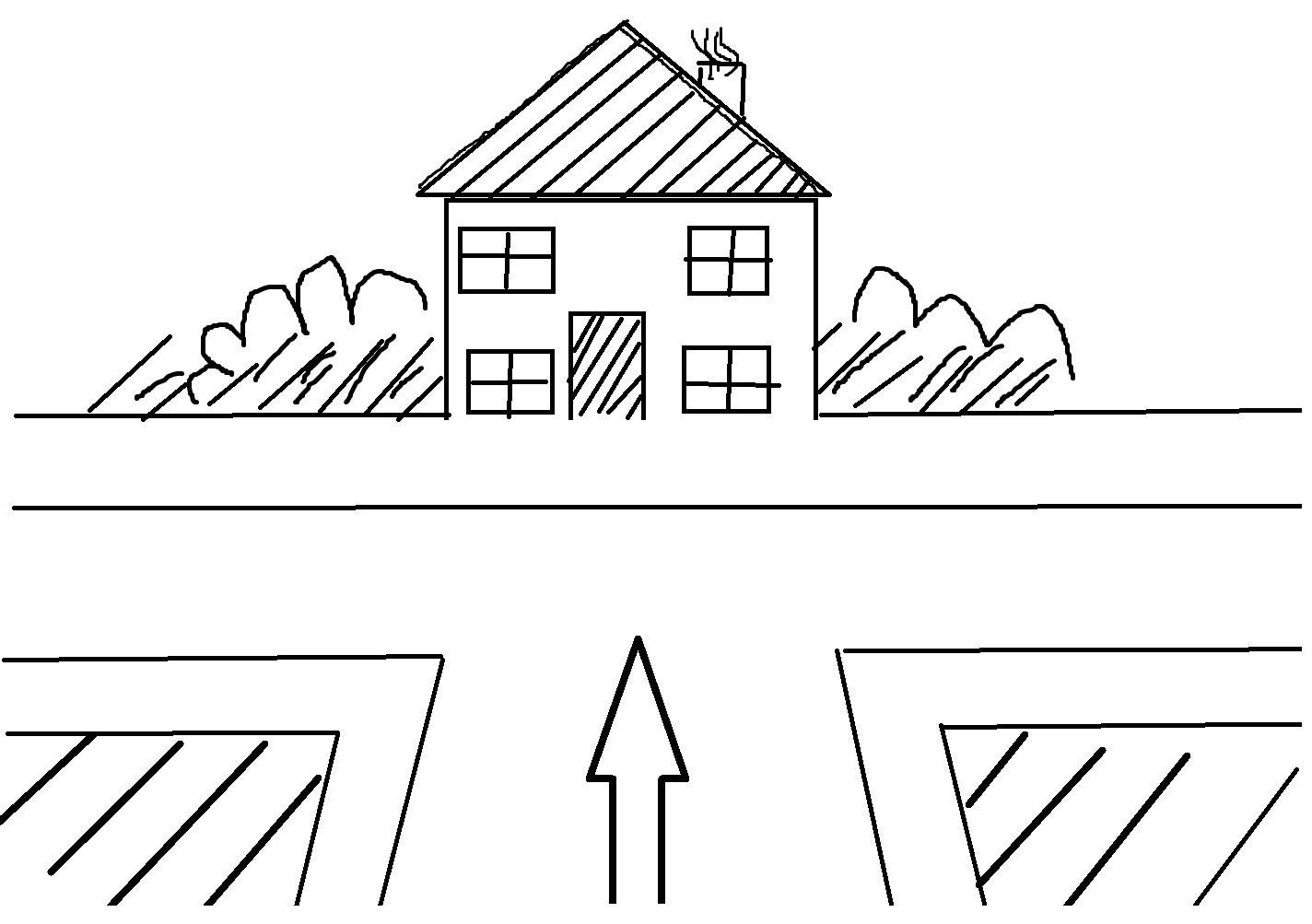
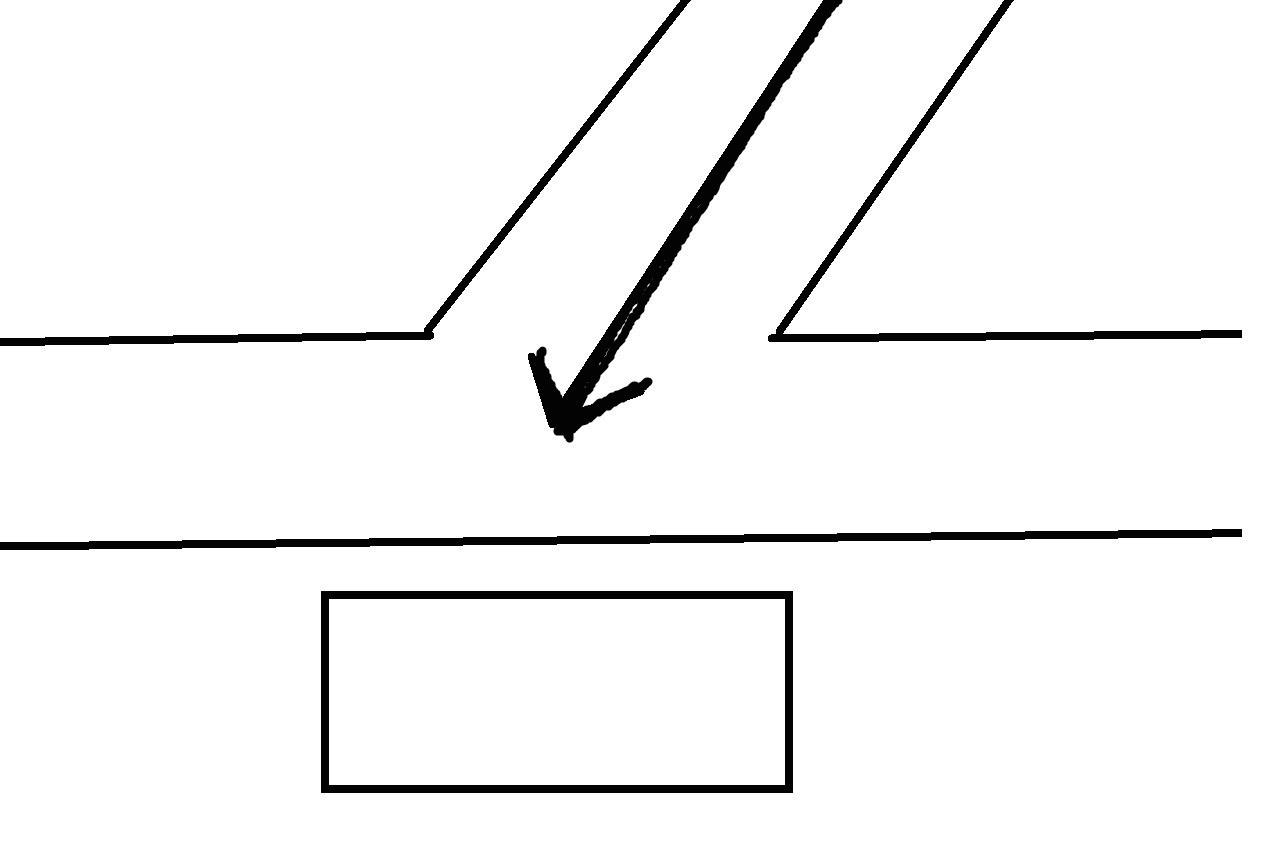
Some Feng Shui theories can be explained from the perspective of environmental psychology.
1.When a building faces a "Lu Chong", people living in the building will feel pressure, which comes from the noise of vehicles driving, the panic and anxiety caused by residents seeing cars rushing towards them, and a deep sense of insecurity, worrying about whether vehicles will lose control and crash into the building.
2.The "Shi Gandang" forms a safety buffer barrier between buildings and vehicles driving on the road, giving residents a sense of security.
3.The small pool forms a second layer of safety barrier, even if an outof-control vehicle rushes over the "Shi Gandang", it will still get stuck in the small pool.
4.Green vegetation around "Shi Gandang" and aquatic plants in small pools can soothe residents' moods and reduce stress. At the same time, green vegetation can help drivers restore their tired vision, and clearly distinguish roads and buildings based on green vegetation.
5.These seem to be explained by the environmental psychology of architecture.
Environmental Psychology
Environmental psychology is a branch of psychology that studies the relationship between people and the physical features of daily life environments—both built and natural environments, in order to enhance human well-being and to improve people–environment relations.
Urban Horticulture (Urban Farm) Sustainable
Sustainable architecture (also known as green architecture) is the buildings designed to limit humanity's impact on the environment.
As the world faces the pressing challenges of climate change and urbanization, a new kind of farming is rapidly gaining attention—urban farming. This modern practice involves growing food in cities, often in underutilized spaces like rooftops, backyards, and even indoor vertical farms.
Feng Shui can be combined with the concept of urban gardens (urban farms).
1.The green vegetation around the building should be able to be replaced by green vegetables or fruit trees. Urban gardening connects food and architecture, bringing a stabilizing force to people who lack food (Frangos & Imbesi, 2015). control and crash into the building.
2.Living green plants connect you with nature, embodying the energy of life and bringing freshness and vitality to your home. Green and vibrant plants are one of the key elements of Feng Shui in the house (Cho, 2024).
Chinese architectural Feng Shui theory
Environmental Psychology
Current Research
Urban Horticulture (Urban Farm)
Personal Professional Plan
Environmental psychology, Feng Shui theory, and urban gardening fed into my overall design interests.
Chinese Feng Shui theory holds that plants bring life energy. Living green plants connect people with nature, embodying the energy of life and bringing freshness and vitality to people's homes. Green and vibrant plants are one of the key elements of Feng Shui in the house (Cho, 2024).
Urban gardening connects food and architecture, bringing a stabilizing force to people who lack food (Frangos Imbesi, 2015).
Cho, Anjie (2024). How to Create Good Feng Shui in Your Home. The spruce > Home Design & Decorating > Feng Shui > How to Create Good Feng Shui in Your Home [online]. Available at: https://www.thespruce.com/create-good-feng-shui-in-yourhome-1275057
Maria Frangos & Lorenzo Imbesi. (2015). Urban Gardening as Disruptive Design Practice. The International Journal of Design in Society (2), 1-12. https://cgscholar.com/bookstore/works/urban-gardening-as-disruptive-design-practice


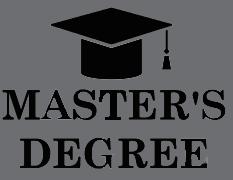

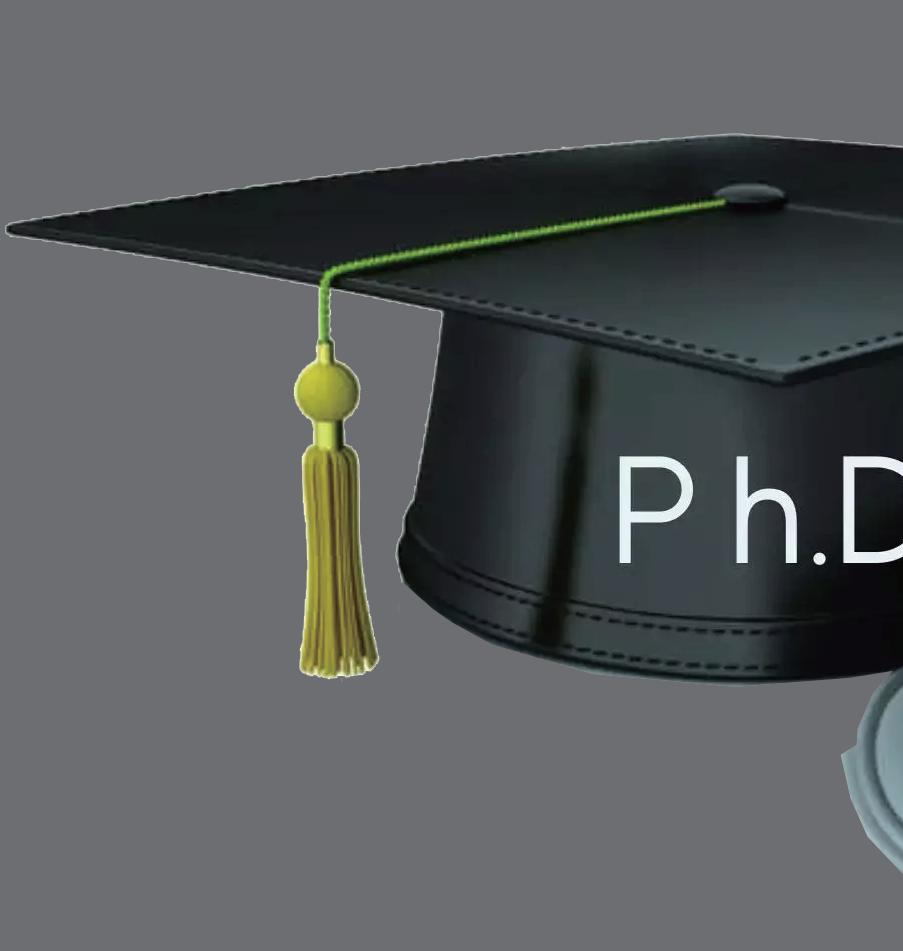
Environmental Psychology
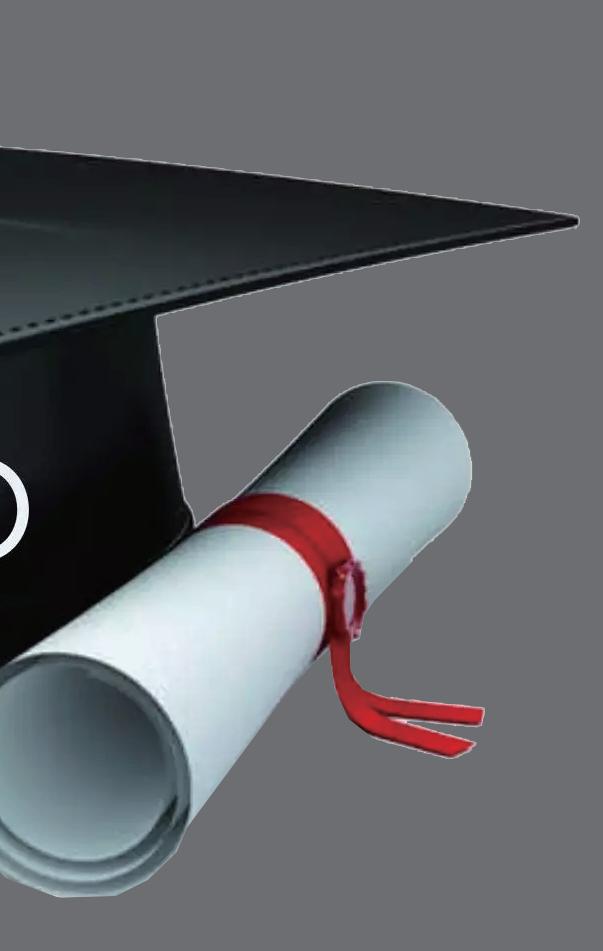
According to research in environmental psychology, green vegetation can reduce stress and help patients recover (Cheng-Yun Chang's undergraduate thesis). 1 2 3
Strive to study hard and successfully obtain a master's degree.
Further study and research of the relevant theories of urban horticulture, environmental psychology, Feng Shui theory, sustainable architecture, digital architecture, and intelligent architecture.
Pursuing a PhD in architecture, then teaching, and research at the University
If I obtain an MA in architecture, I would like to continue pursuing a PhD in architecture and then I can engage in teaching and research work at University and research institutions, becoming experts and scholars in the field. I can also use my professional skills to participate in high-level architectural design, planning, and management work in design firms, the real estate industry, architectural consulting firms, and other fields.
Yang, L., Janice Y.S. Ho, Frances K.Y. et al. (2020). Neighbourhood green space, perceived stress and sleep quality in an urban population. Urban Forestry & Urban Greening, Vol. 54,
This study investigated the impact of neighbourhood green space on perceived stress and sleep quality.
From May to August 2017, a survey of pedestrians aged 20 years or over was conducted in Hong Kong. It successfully interviewed 608 participants with a mean age of 47.5 years (range 20–99).
There is evidence to suggest that green coverage near home can alleviate the adverse effects of perceived stress on sleep quality (Yang et al. 2020).
Higuera-Trujillo J. L., Llinares C., Macagno E. (2021). The Cognitive-Emotional Design and Study of Architectural Space: A Scoping Review of Neuroarchitecture and Its Precursor Approaches. Sensors (Basel). 2021 Mar 21;21(6):2193.
Humans will respond to the built environment cognitively and emotionally.
The modern possibility of using neuroscience technology and virtual reality to record the neural activity of subjects exposed to environmental conditions provides a promising framework for the design and research of future building environments.
The discipline derived from this is called “neuroarchitecture”.
Mogas-Recalde, J., Palau, R. (2021). Classroom Lighting and Its Effect on Student Learning and Performance: Towards Smarter Conditions. In: Mealha, Ó., Rehm, M., Rebedea, T. (eds) Ludic, Co-design and Tools Supporting Smart Learning Ecosystems and Smart Education. Smart Innovation, Systems and Technologies, vol 197. Springer, Singapore.
Classroom lighting can affect cognition and has been proven to affect academic achievement, attention rates, working speed, productivity, and accuracy among other reported effects.
LED lighting is most suitable for improving psychological and cognitive processes in the classroom.
The dynamical lighting is necessary to host different activities in the classroom.
Wang, J., Ma, Y., Tang, L., Li, D., Xie, J., Hu, Y. & Tian, Y. (2024). Long-term exposure to residential greenness and decreased risk of depression and anxiety. Nature Mental Health (5), 525-534. For the general public, long-term exposure to residential green spaces can reduce physiological stress, improve human health, and alleviate depression and anxiety.
Reducing air pollution is an important medium for linking green environments with depression and anxiety.
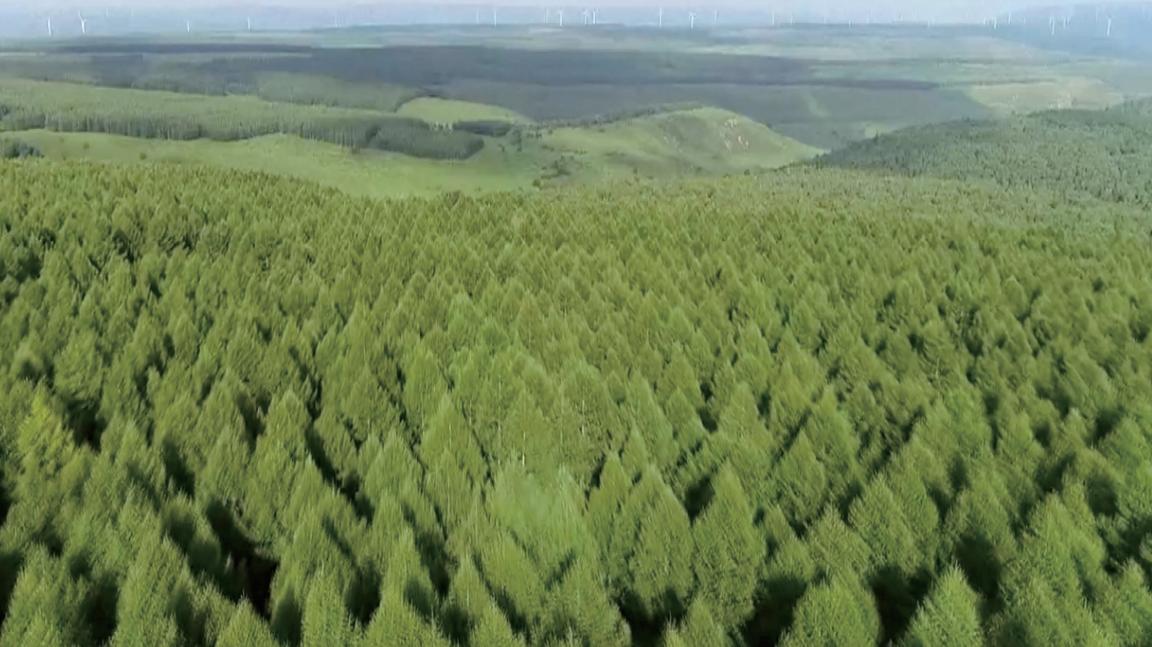
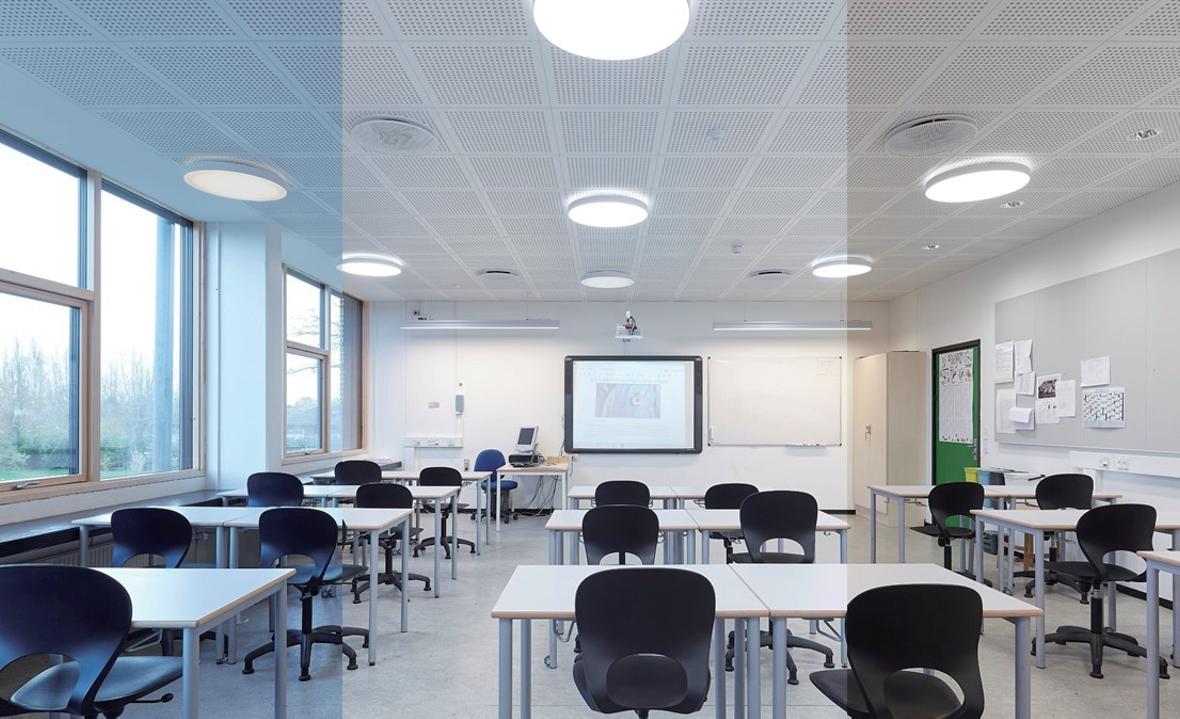
Urban Horticulture (Urban Farm)
Dobson, M. C., Warren, P. H. & Edmondson, J. L. (2021). Assessing the Direct Resource Requirements of Urban Horticulture in the United Kingdom: A Citizen Science Approach. Sustainability.
Interest in urban food production is growing; recent research has emphasized its potential to improve food security and reduce the environmental impact of food production.
Use the UK's allotment gardens to investigate the resource demand for urban horticultural production across the country.
On average, producing one kilogram of food requires 0.4 hours of labor, 16.9 liters of water, 0.2 liters of topsoil, 2.2 liters of manure, and 1.9 liters of compost.
Sosnowska, M., Kepkowicz, A., Wozniak-Kostecka, I., Lipinska, H. & Renaudie, L. (2022). Exploring the potential for development of urban horticulture in the 1960 s housing estates. A case study of Lublin, Poland. Urban Forestry & Urban Greening.
The preferred forms of urban horticulture include window sill and balcony planting, private gardens at ground-floor apartments, rooftop farms (in collaboration with municipal authorities), community gardens in the form of flower beds set up in abandoned sandboxes, and small flower distribution gardens.
Nethmini Sashika M.A., Gammanpila H.W. & Priyadarshani S.V.G.N. (2024). Exploring the evolving landscape: Urban horticulture cropping systems–trends and challenges. Scientia Horticulturae 112870.
The urban horticultural planting system provides promising solutions for food security and sustainable agriculture in rapidly urbanized areas.
Vertical agriculture, rooftop gardens, hydroponics, air culture, Internet of Things (IoT), optimization of space, and resources, and integration of year-round planting are considered the main trends in urban horticulture.
These innovations reflect people's increasing interest in the role of sustainable urban agriculture and technology in improving productivity and resilience.
Chinese architectural Feng Shui theory
Cho, Anjie & Khare, Shagun (2024). The Basic Principles of Feng Shui. The spruce > Home Design & Decorating > Feng Shui > The Basic Principles of Feng Shui [online].
The Chinese Feng Shui concept focuses on establishing harmony between a person and their environment. Feng Shui theory emphasizes that human life is interconnected with the surrounding environment (Cho & Khare 2024.).
Cho, Anjie (2024). How to Create Good Feng Shui in Your Home. The spruce > Home Design & Decorating > Feng Shui > How to Create Good Feng Shui in Your Home [online].
Living green plants connect you with nature, embodying the energy of life and bringing freshness and vitality to your home. Green and vibrant plants are one of the key elements of Feng Shui in the house (Cho, 2024).
Zijlstra, E., van der Zwaag, B., Kullak, S., Rogers, A., Walker, D., van Dellen, S. & Mobach, M. (2024). A randomized controlled trial of Golden Ratio, Feng Shui, and evidence based design in healthcare.. PloS one (6), e0303032-e0303032
This is the first randomized controlled trial that directly links design principles to ward anxiety.
These research findings indicate that Feng Shui and Evidence-Based Design hospital rooms can alleviate anxiety by creating an aesthetically pleasing hospital room that fosters access to social support.
The comfort level and social support of the room are mediating factors for anxiety changes under evidence-based design and feng shui conditions. In contrast, the application of the golden ratio design principle has no impact on anxiety.
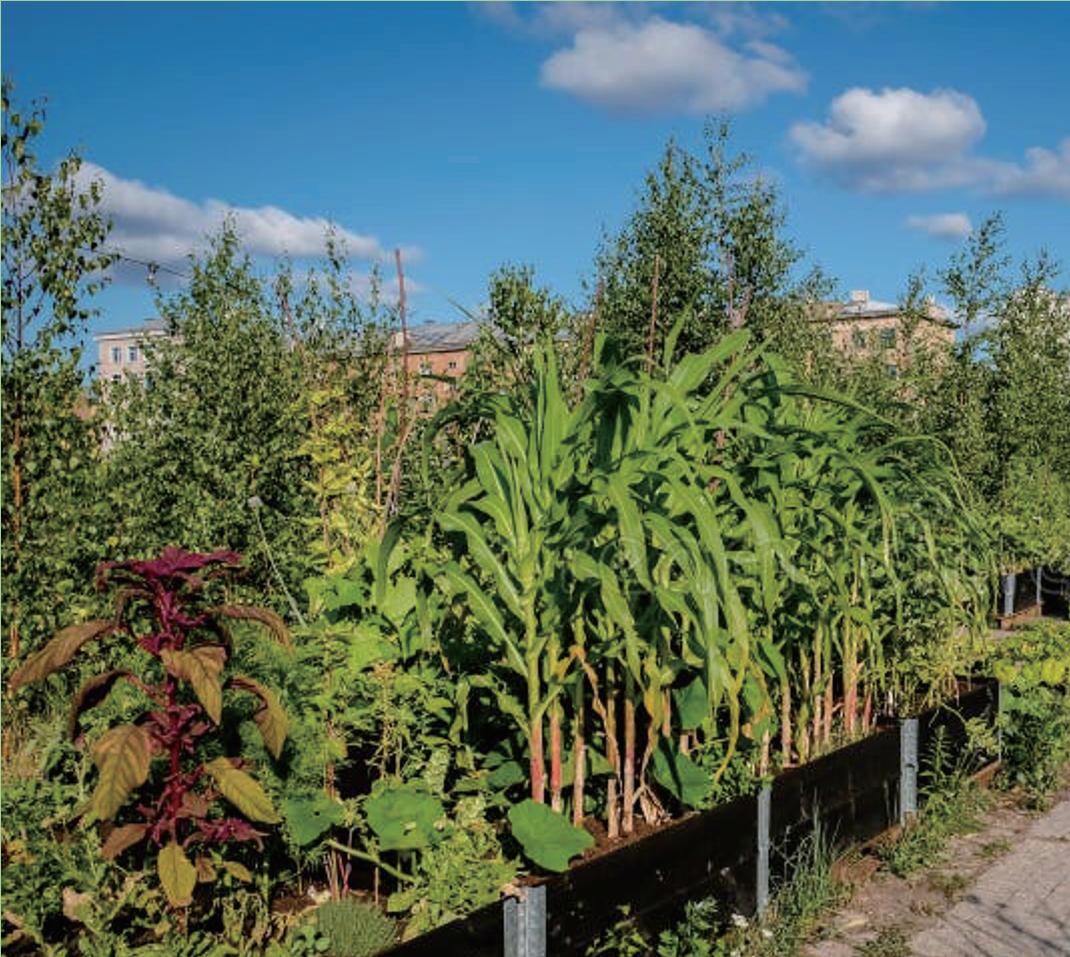
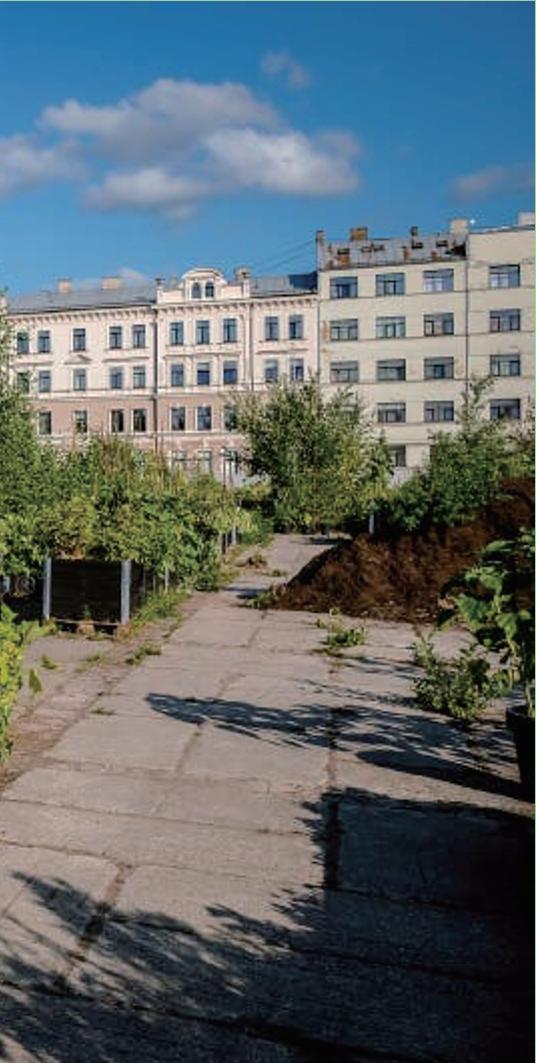
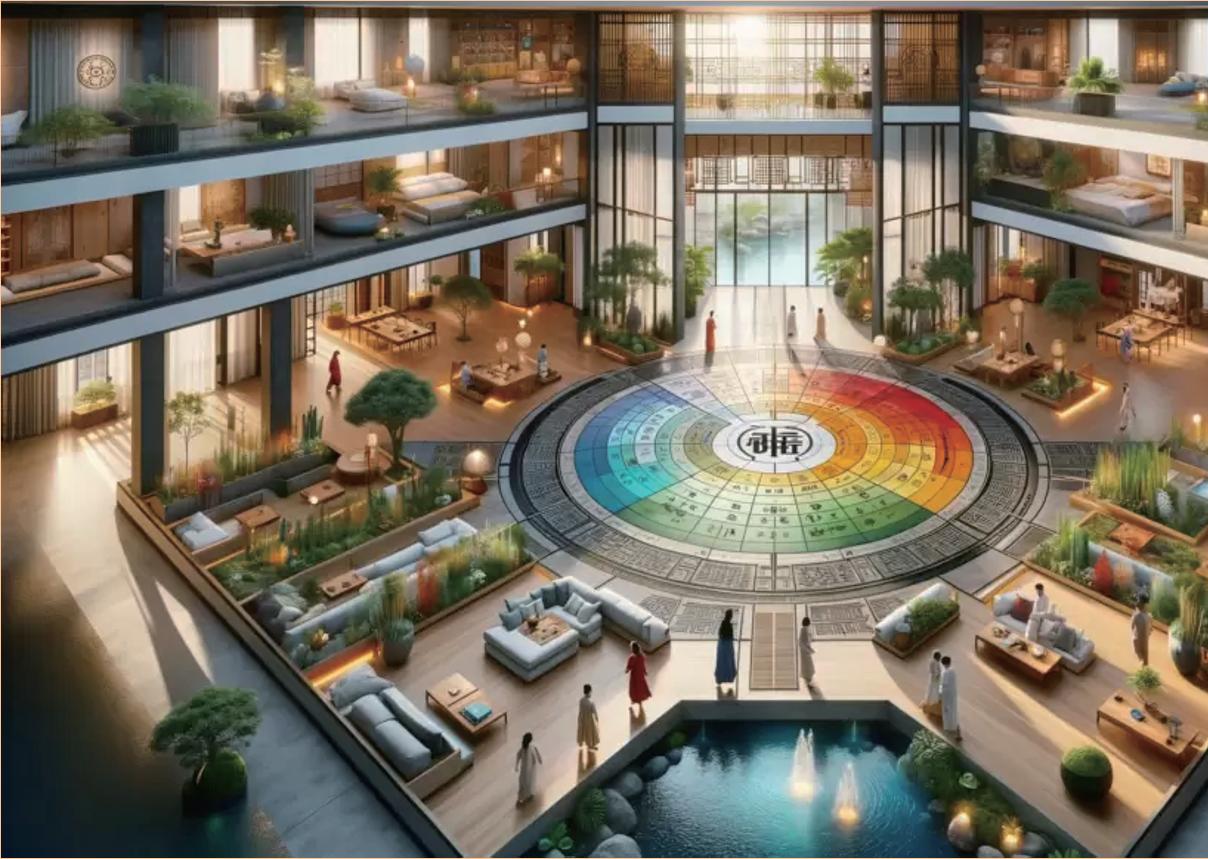
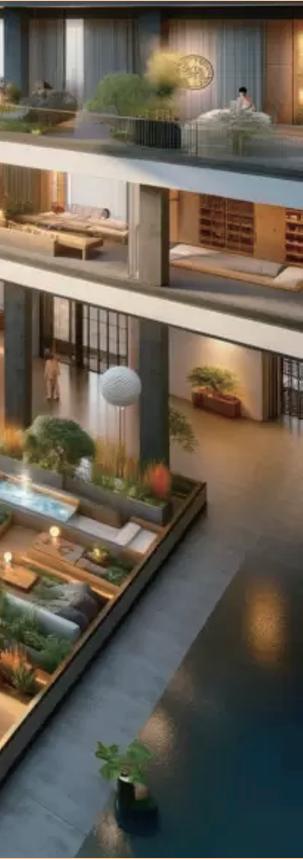
My Symposium research
Four relevant academic sources that relate to my symposium
Academic sources that relate to the symposium - 1.Environmental Psychology
In 1984, Roger Ulrich surveyed the recovery records of patients after cholecystectomy. He found that 23 surgical patients assigned to rooms with windows facing natural scenes had shorter hospital stays, fewer negative reviews in nurse records, and fewer use of potent analgesics (Ulrich, 1984).
A carefully designed garden with a home-like appearance can create an aesthetic placebo, evoking people's familiarity and sense of belonging to a 'home away from home'. This landscape design has therapeutic and restorative effects (Sachs & Marcus, 2014).
Humans will respond to the built environment cognitively and emotionally. (Higuera-Trujillo et al. 2021).
According to research in environmental psychology, environmental noise causes human stress (Glass & Singer, 1972), and stress related to the built environment can even damage life expectancy (Glaser & Kiecolt-Glaser, 2005).
Academic sources that relate to the symposium - 2. Urban Gardening
Urban Gardening as Disruptive Design Practice
Frangos, M. & Imbesi, L. (2015). Urban Gardening as Disruptive Design Practice. The International Journal of Design in Society (2), 1-12.
In the past decade, the participation of communities in urban food production has steadily emerged.
This article explores how design activism is expressed through urban horticulture, and how citizens seek to change and challenge the quality of urban space through two examples: LA Green Grounds and Re: farm the City.
By incorporating urban horticulture into design, this article proposes a new platform for designers to participate and considers a more inclusive design practice model.
The rise and benefits of urban farming
Cottam, Bryony (2022). The rise and benefits of urban farming- Geographical.
Adding green spaces to urban architecture for sustainability and aesthetics.
Urban Farms: Buildings with green roofs or facades for growing flowers, plants, and vegetables.
Benefits: Beautifies buildings, promotes sustainability, and offers fresh produce to residents.



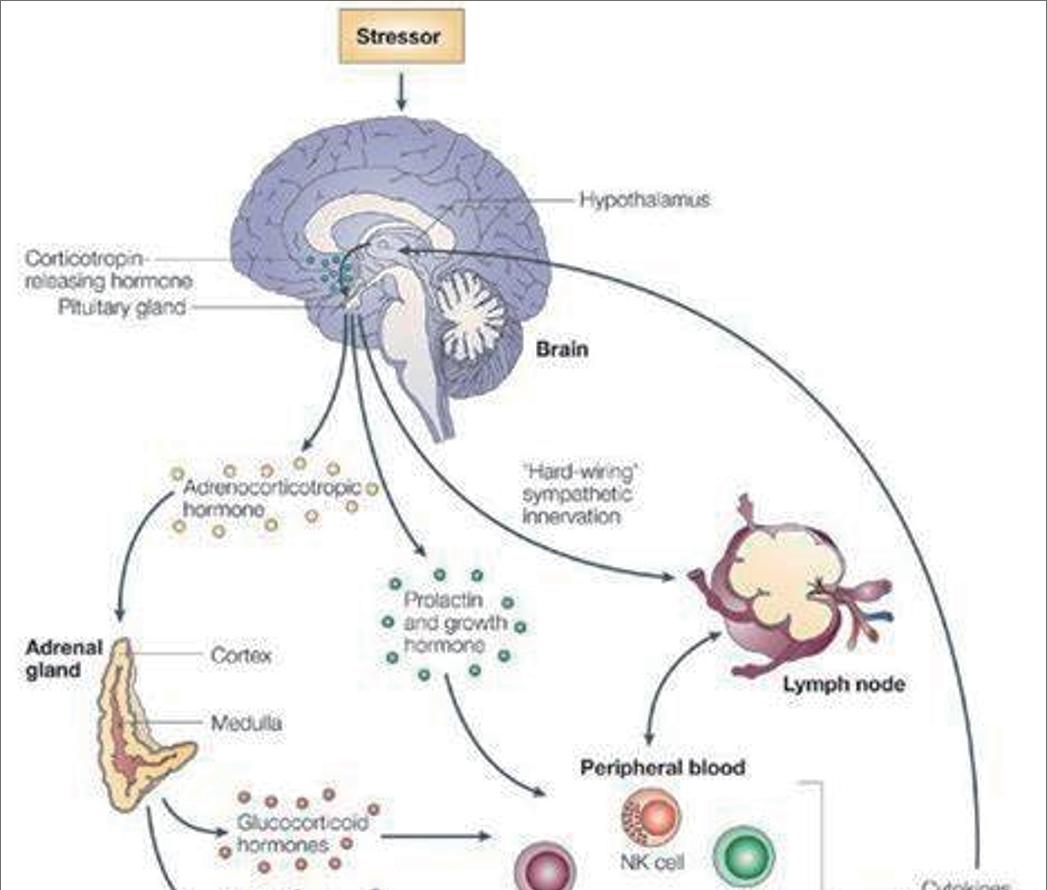

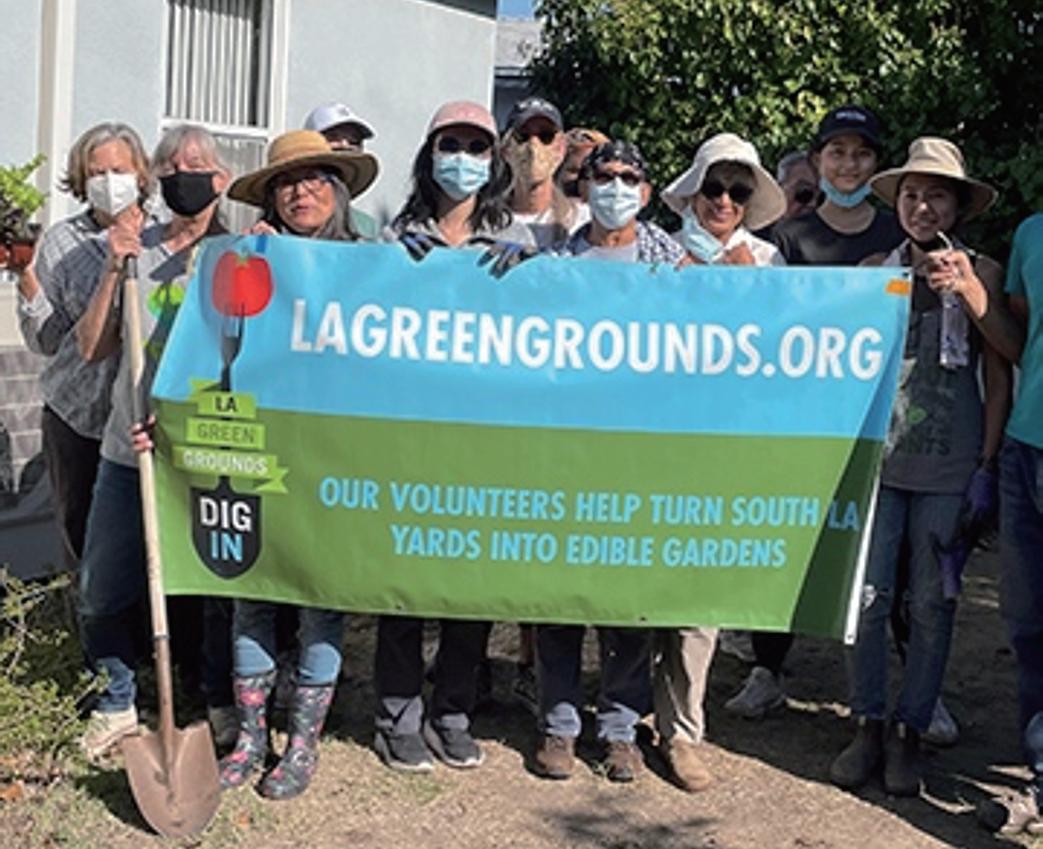
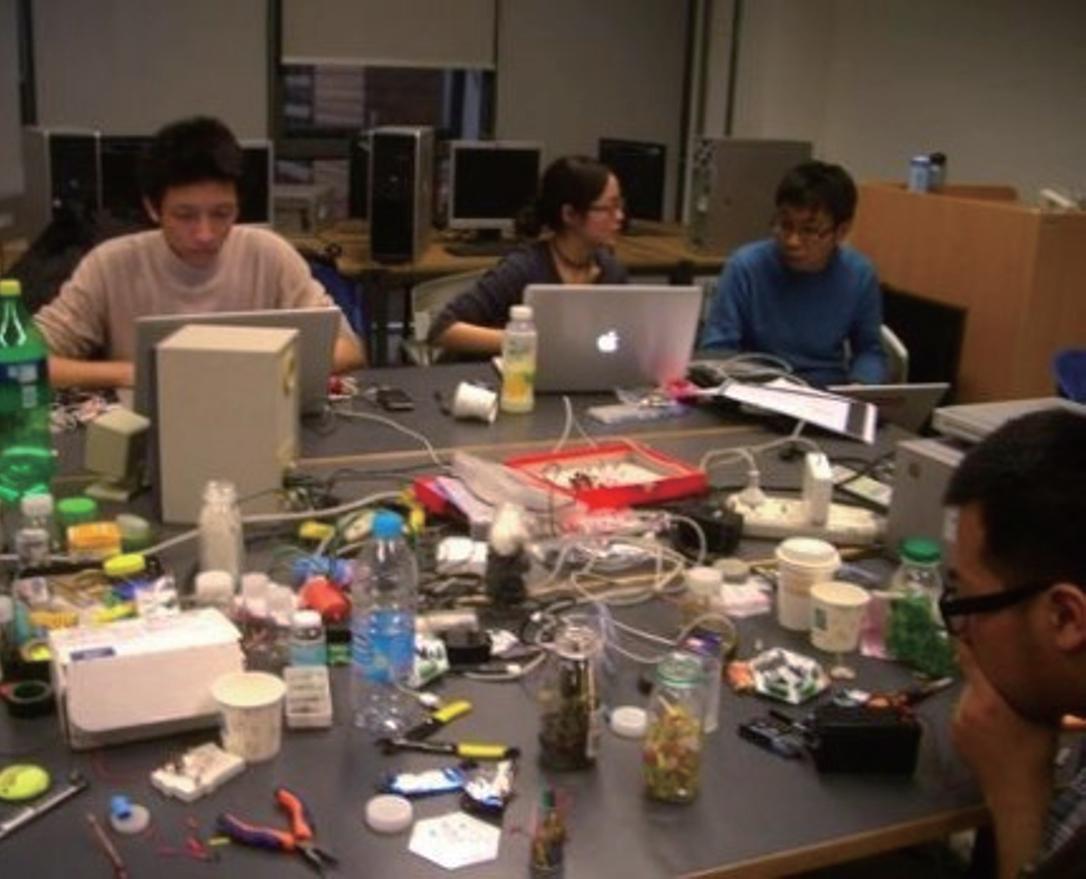
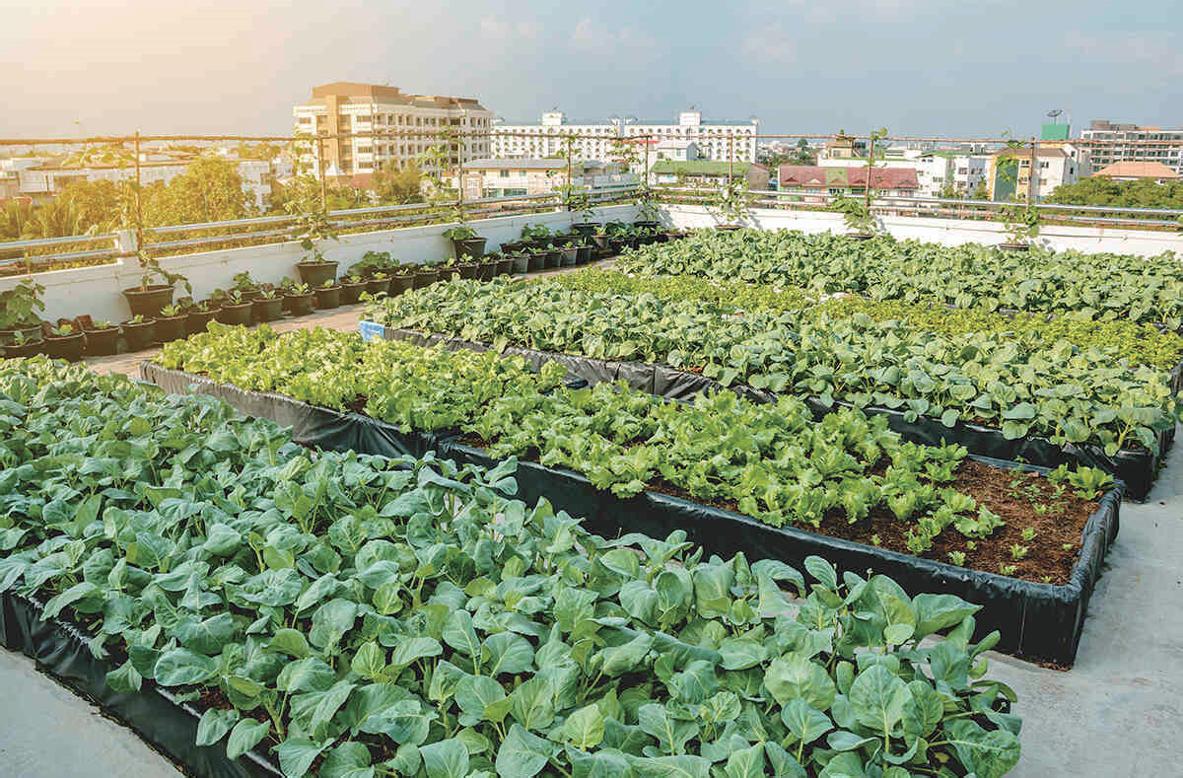
Academic sources that relate to the symposium - 3. Design and Food.
“95% of food travels over 1600 kilometers to reach retail markets in the United States. This means it takes a week for vegetables to be transported from the East Coast to various parts of the country.” (Ghisleni, 2023)
A&f is a design consultancy focused on integrating food production models into buildings, especially rooftop greenhouses with hydroponic systems. A&f believes urban rooftops are underutilized; activating them can make cities more livable (Architecture & Food).
London has 200 million square meters of roof space, with a total food demand of 450 million kilograms per year. Just 5.6% of rooftops used for hydroponic farming can meet the food needs of London‘s 8.2 million residents (Architecture & Food).
Academic sources that relate to the symposium - 4. Design Activism
Markussen, Thomas. (2013). The Disruptive Aesthetics of Design Activism: Enacting Design Between Art and Politics. Design Issues (1), 38-50.
Design activism generally is defined as representing design’s central role in (1) promoting social change, (2) raising awareness about values and beliefs (e.g., in relation to climate change, sustainability, etc.), or (3) questioning the constraints that mass production and consumerism place on people’s everyday life.
Thorpe argues that design activism may manifest itself in six different forms: (1) a demonstration artifact that reveals positive alternatives superior to the status quo; (2) an act of communication, in the sense of making information visual, devising rating systems, creating maps and symbols, and more; (3) conventional actions, such as proposing legislation, writing polemics, and testifying at political meetings; (4) a service artifact, intending to provide humanitarian aid or for a needy group or population; (5) events such as conferences, talks, installations, or exhibitions; and (6) a protest artifact, which deliberately confronts the reality of an unjust situation in order to raise critical reflection on the morality of the status quo.
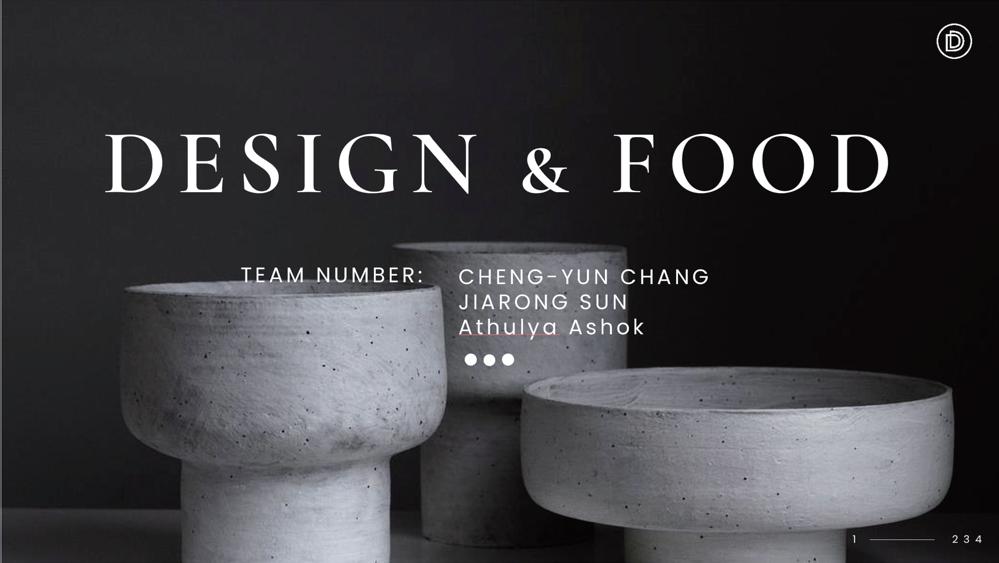
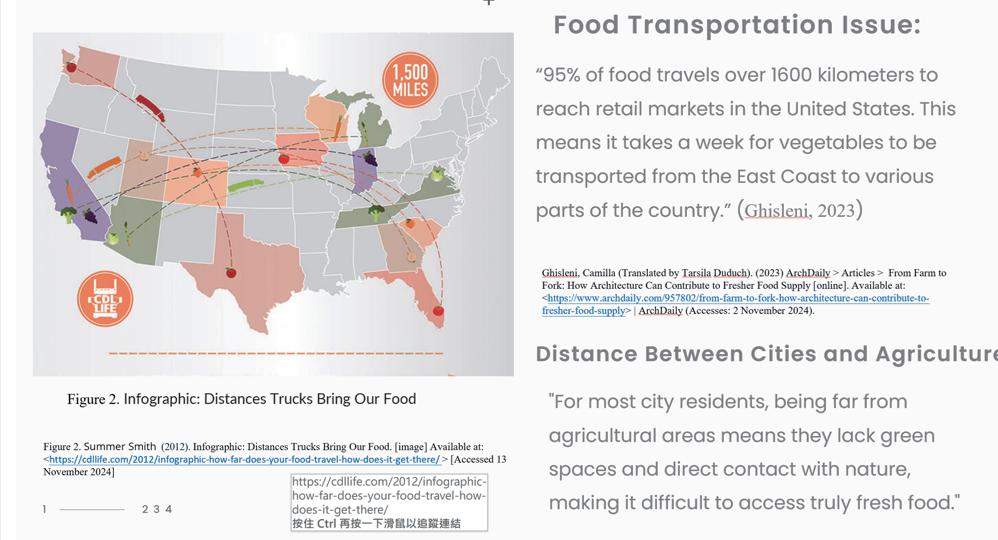
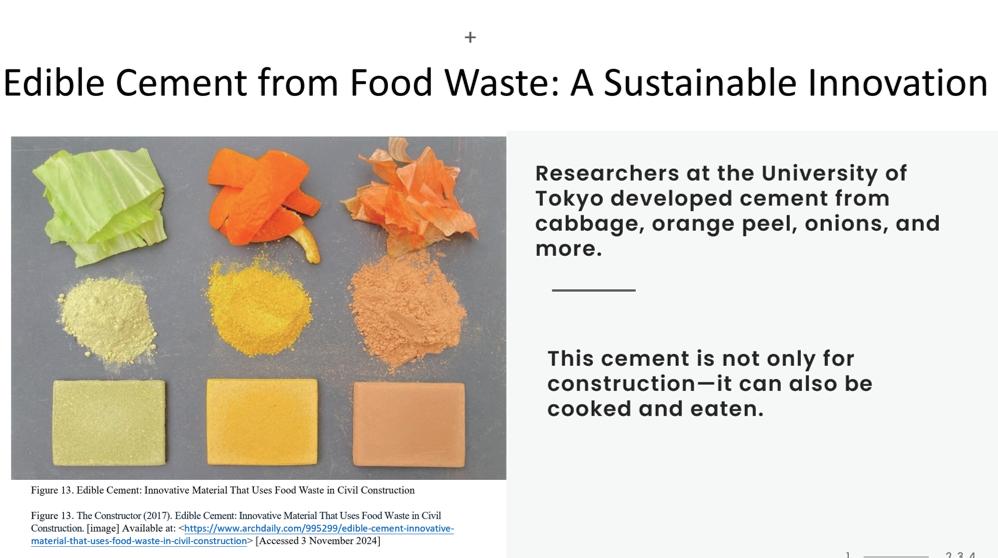
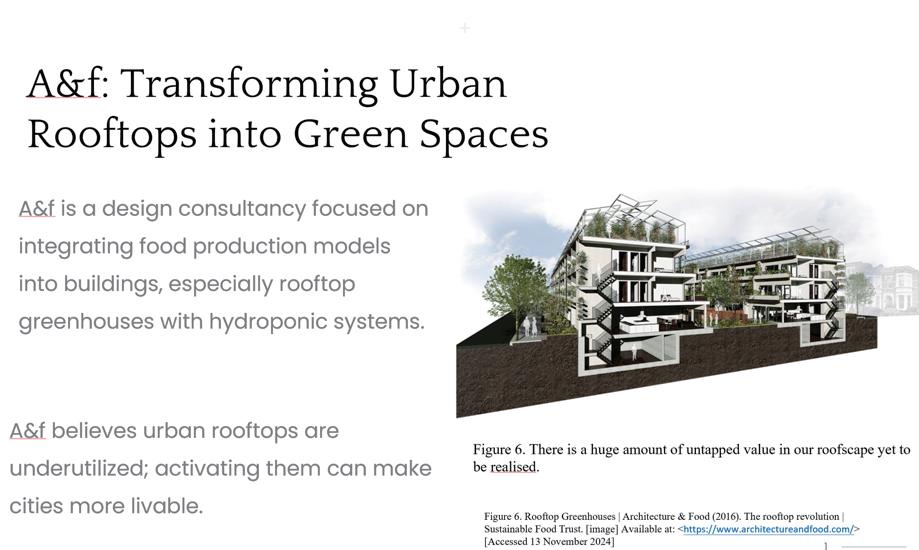
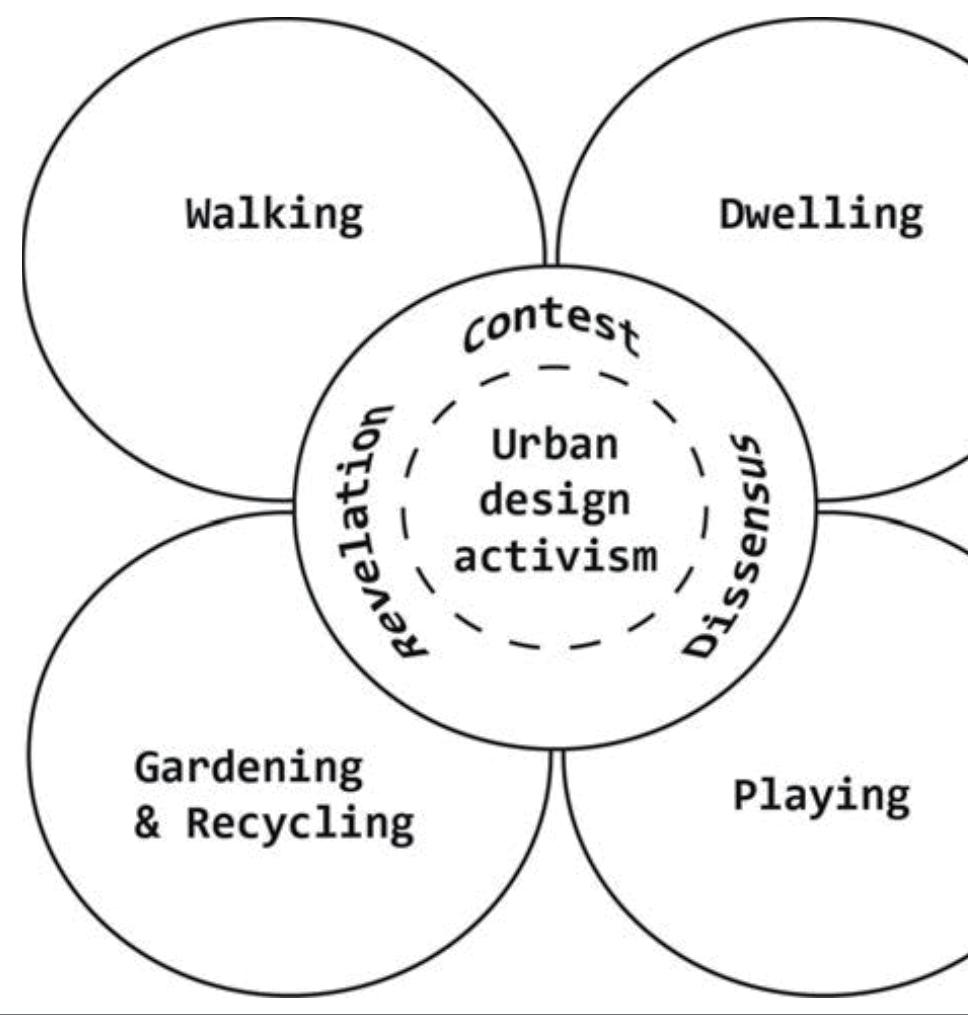

Critical Practice
Origin:
Feng Shui has a very long history in China. The common people strictly followed the Feng Shui theory in their home construction, spatial layout, and surrounding environment. Feng Shui is the Chinese philosophy of life and allows them to live within the laws of nature. Feng is the wind which refers to vitality and energy, while Shui is water which refers to flow and change.
Doubt:
The study of Feng Shui in Western countries began in the late 19th century. Feng Shui theory faced resistance and opposition from scholars in various countries because it contradicted scientific concepts at that time. Afterward, Joseph Needham wrote in his book "Science and Civilisation in China," that the Chinese Feng Shui theory is a "pseudo-science" and "landscape architecture of ancient China". He does not believe that Feng Shui theory is scientific, but he believes that Feng Shui theory contains aesthetic elements (Needham and Ling, 1956).
The Rise of Environmental Psychology:
Humans will respond to the built environment cognitively and emotionally. (Higuera-Trujillo et al. 2021). According to research in environmental psychology, environmental noise causes human stress (Glass & Singer, 1972), and stress related to the built environment can even damage life expectancy (Glaser & Kiecolt-Glaser, 2005). There is evidence to suggest that green coverage near home can alleviate the adverse effects of perceived stress on sleep quality (Yang et al. 2020).
1. Higuera-Trujillo J. L., Llinares C., Macagno E. (2021). The Cognitive-Emotional Design and Study of Architectural Space: A Scoping Review of Neuroarchitecture and Its Precursor Approaches. Sensors (Basel). 2021 Mar 21;21(6):2193. https://www.mdpi.com/1424-8220/21/6/2193
2. Glass D.C., Singer J.E. (1972). Urban Stress: Experiments on Noise and Social stressors. Academic Press; New York, NY, USA: 1972.
3. Glaser R., Kiecolt-Glaser J.K. (2005). Stress-induced immune dysfunction: Implications for health. Nat. Rev. Immunol. 2005, 5, 243–251. https:// www.nature.com/articles/nri1571
The Idea of Critical Practice:
The solution to
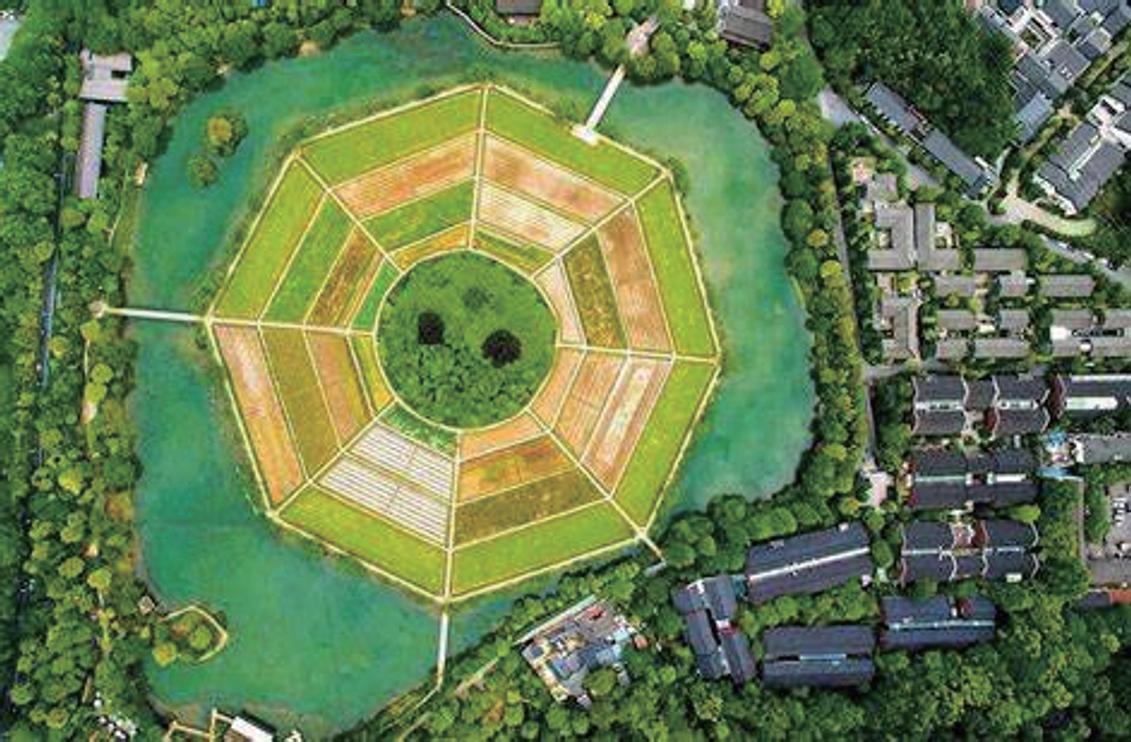
32.
Critical Practice
Who else is conducting similar research?
At present, although there are many studies applying Feng Shui theory to architecture, they are mainly focused on China and Southeast Asian countries, and most research papers are published in local languages. There are not many studies that apply feng shui theory to architecture and have been published in English. The main researchers include Anjie Cho (2024), Amanda Clarkson (2023), and the Archistar team (2020).
Anjie Cho is a certified Feng Shui consultant, professional architect, and author, who has compiled some applications and precautions of Feng Shui in home architecture and space design (Cho, 2024).
Amanda Clarkson discussed the origin of Feng Shui and how it influenced modern architecture. He believes that the cultural significance of Feng Shui has transcended time and borders, shaping the design and layout of modern architecture around the world, and proposed some key principles that architects should consider when designing modern architecture (Clarkson, 2023).
The Archistar team provides a platform for Feng Shui analysis of buildings. Integrating dozens of feng shui rules and functions to generate reports (Archistar team, 2020).

Figure 33. Anjie Cho’s homepage. Available at: https://www.thespruce.com/create-good-feng-shui-in-your-home-1275057
1. Cho, Anjie (2024). How to Create Good Feng Shui in Your Home. The spruce > Home Design & Decorating > Feng Shui > How to Create Good Feng Shui in Your Home [online]. Available at: https://www.thespruce.com/create-good-feng-shui-in-your-home-1275057
2. Clarkson, Amanda (2023). Feng Shui and Modern Architecture: A Symbiotic Relationship. https://fengshuimood.com/feng-shui-andmodern-architecture-a-symbiotic-relationship/
3. The Archistar team (2020). The Basic Principles of Feng Shui (And Four Buildings That Use Feng Shui Design Principles) | ArchiStar Academy. https://academy.archistar.ai/the-basic-principles-of-feng-shui-and-four-buildings-that-use-feng-shui-design-principles
Interpretation of Chinese architectural Feng Shui theory form environmental psychology and application of urban horticulture in practice
Environmental Psychology
Definition and Principles of Environmental Psychology
Maps
Related research in Environmental Psychology
The Influence of Environmental Psychology on Architectural Design
The Philosophical origin of Feng Shui: Tao, Yi, and Chi (Dao, Yi, and Qi)
The philosophical foundation of Feng Shui theory
The Ultimate Goal of Feng Shui: Gathering Chi
Definition and Principles of Urban Horticulture
The Ultimate Goal of Feng Shui: Gathering Chi
Related research on urban horticulture The Influence of Urban Horticulture on Architectural Design
Literature collection and reading
Core knowledge of condensation
Methods of experimental practice methods
Urban Horticulture (Urban Farm)
Reflecting on the Integration of Three Concepts
Specific projects design Case study
Result presentation
Review and Reflection
The
Case Study Introduction Images
Norman Partners in the UK consulted several feng shui masters and architect Norman Foster designed the HSBC building in Hong Kong in 1986. It took 6 years from conception to completion. The entire building has 46 floors, 4 basement floors, a total height of 180 meters, and is constructed from 30000 tons of steel and 4500 tons of aluminum.
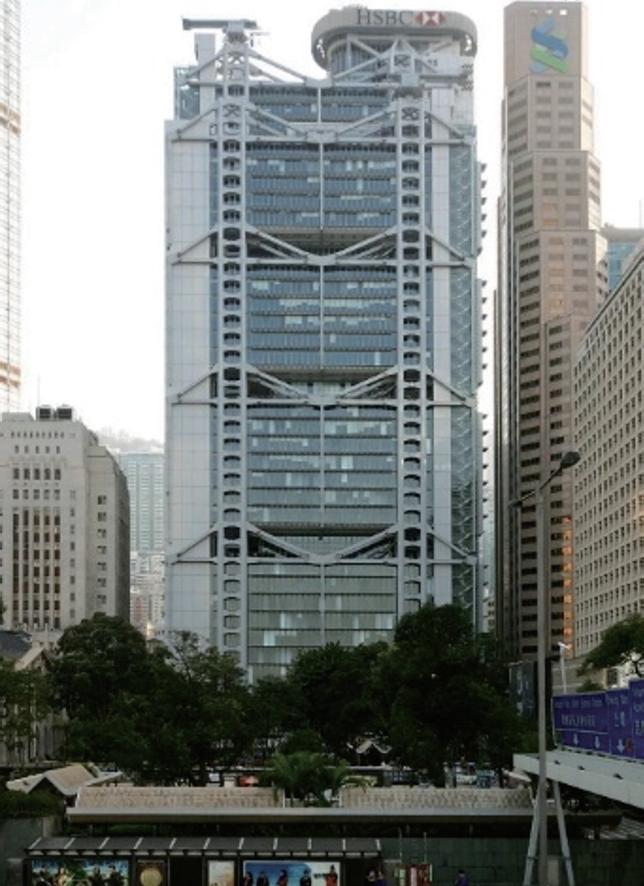
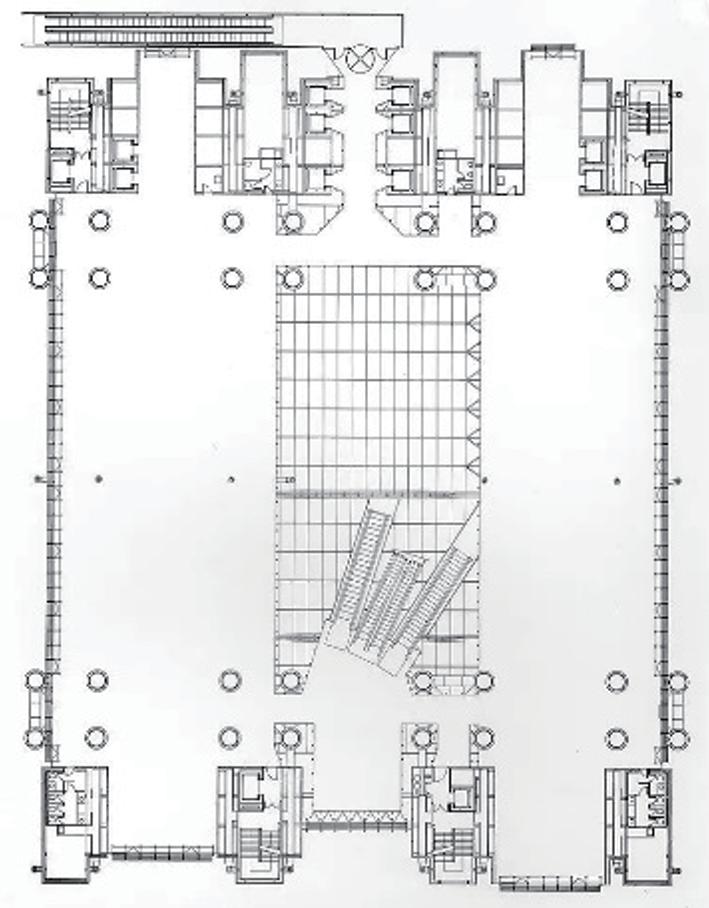
The Apple Regent Street was designed in 2016 in close collaboration between Apple’s teams led by Jonathan Ive, chief design officer, and Angela Ahrendts, senior vice president of Retail and Foster + Partners. It creates a relaxed environment and incorporate Apple's new features and services.
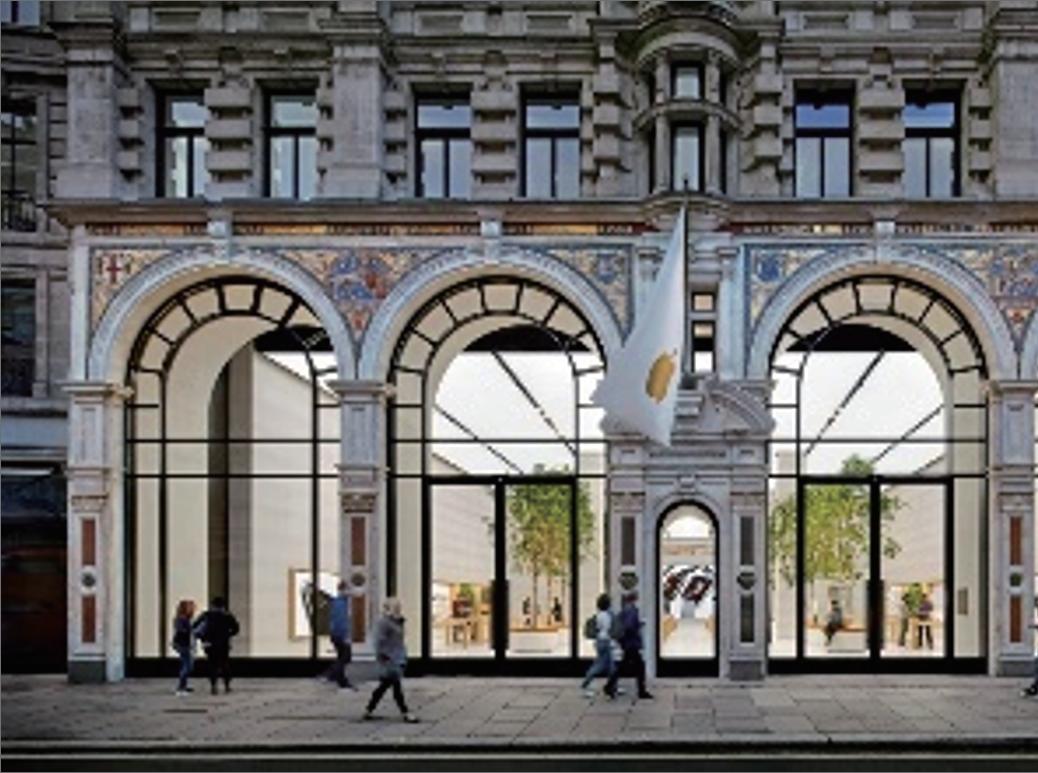
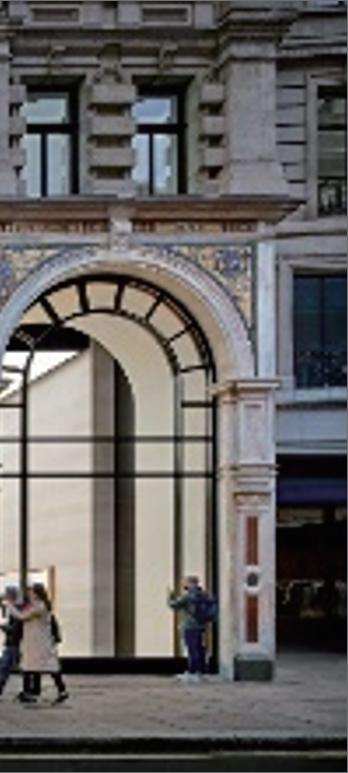
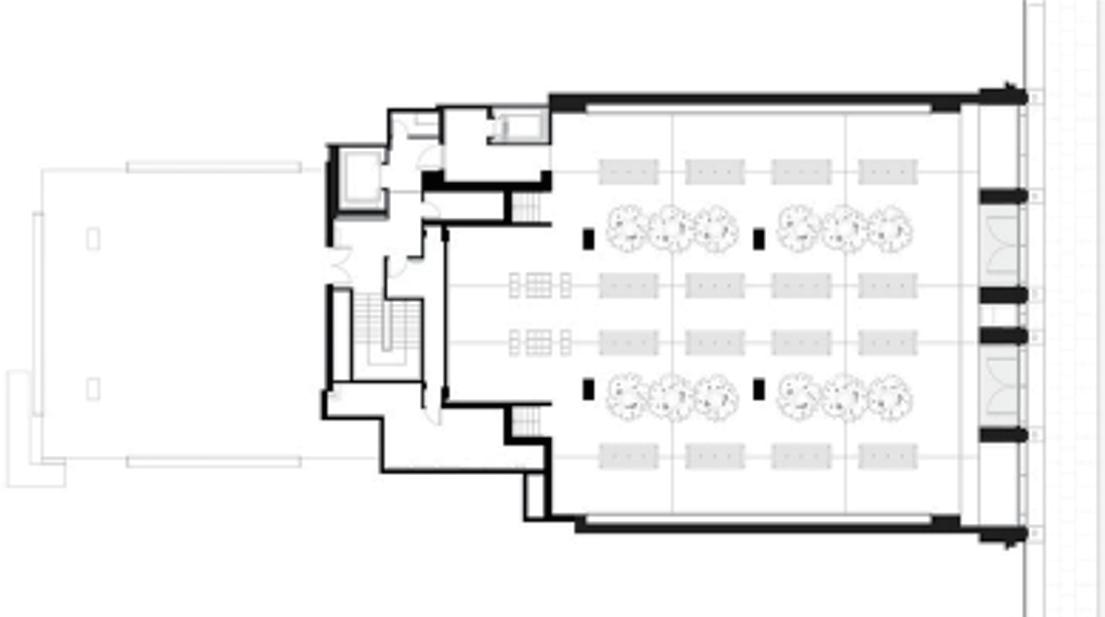
The Bank of China Tower was planned and designed by renowned architect I.M. Pei in 1982. Construction began in April 1985 and was completed in 1989 The building has a sharp and angular structure with three sharp edges.
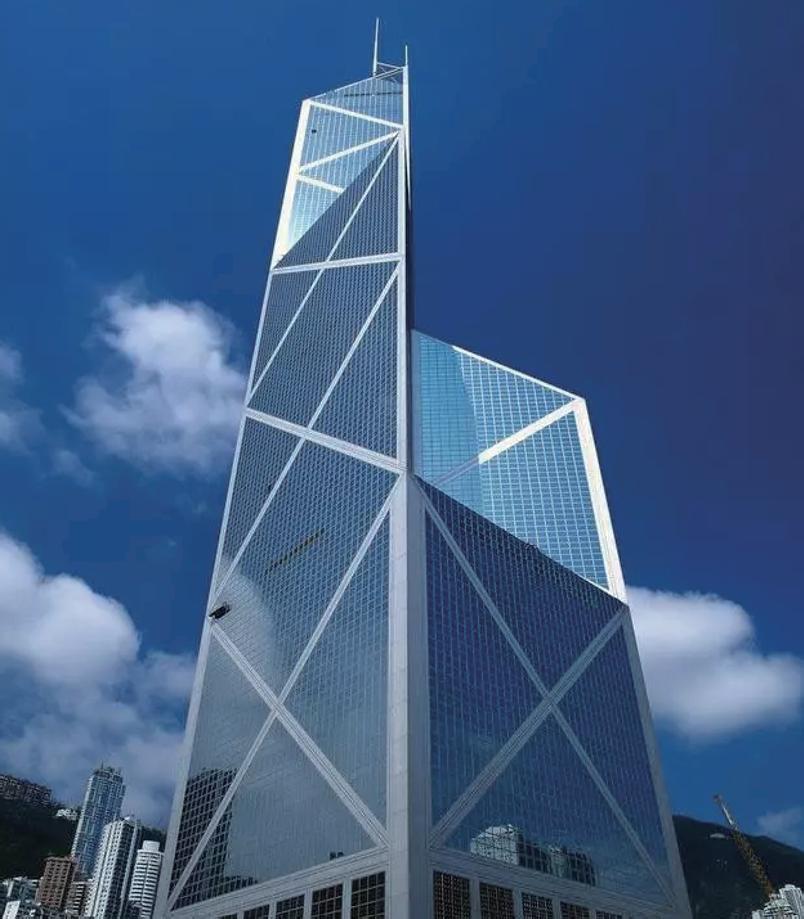
1. Extracting the application of Feng Shui theory in architectural design through case analysis 2. Explain the extracted application principles through environmental psychology
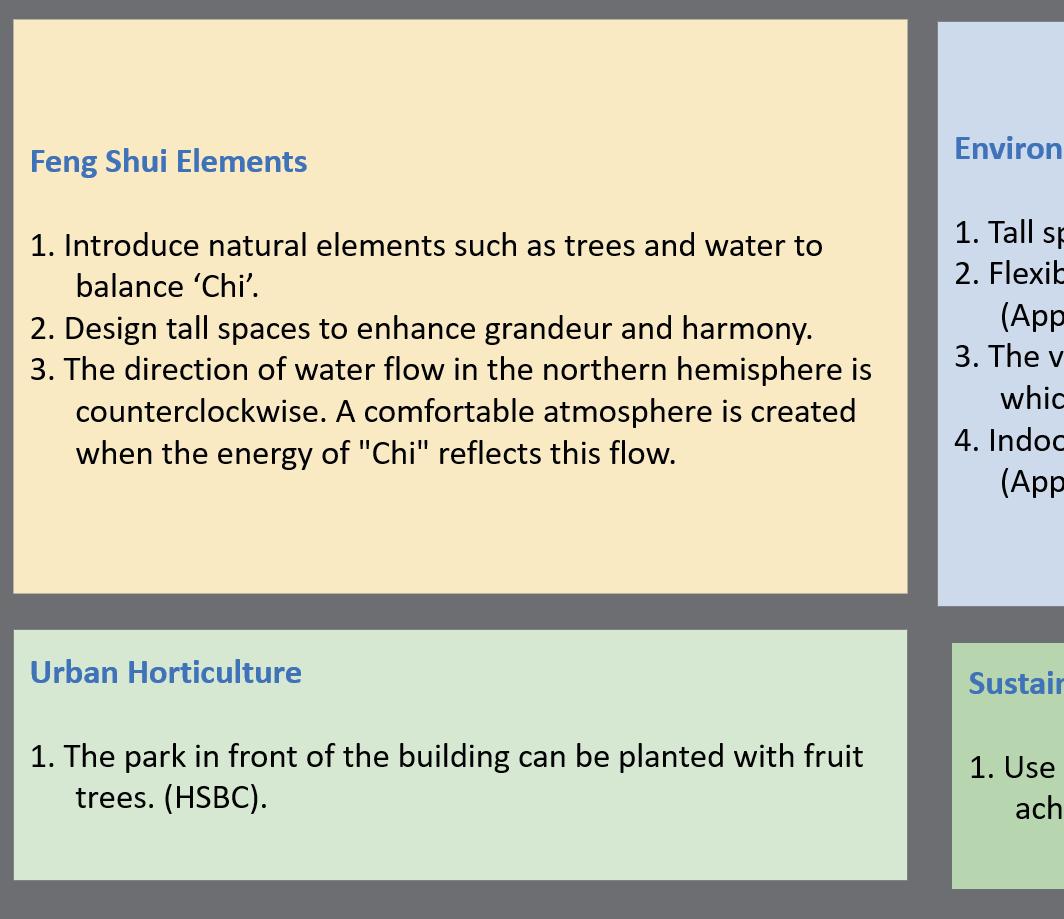
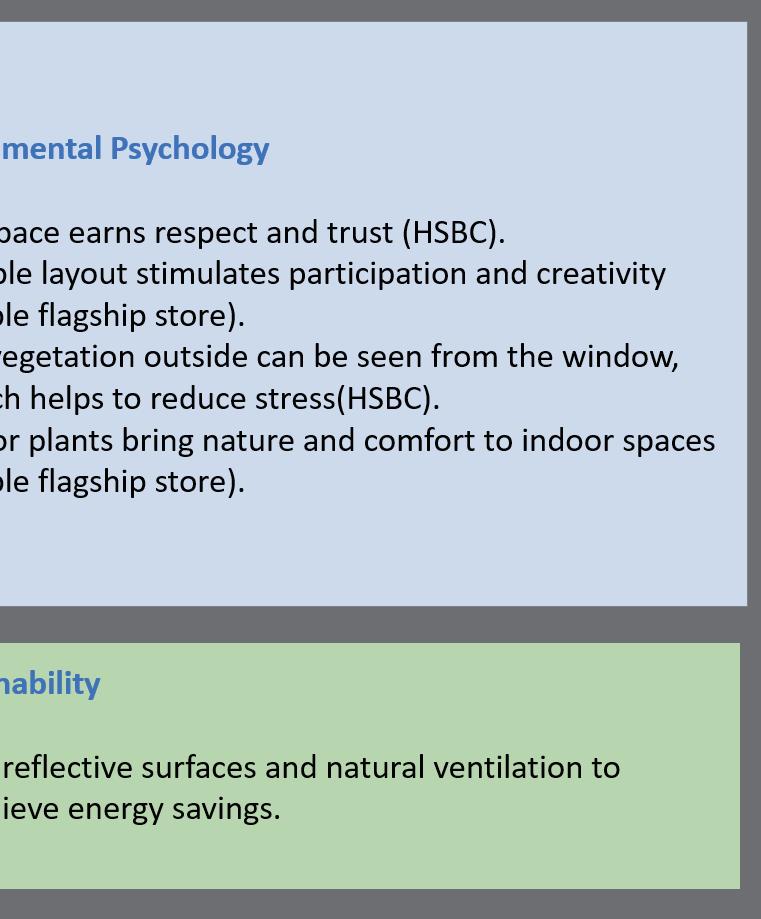
Architect Case Study
The HSBC Building (Hong Kong)
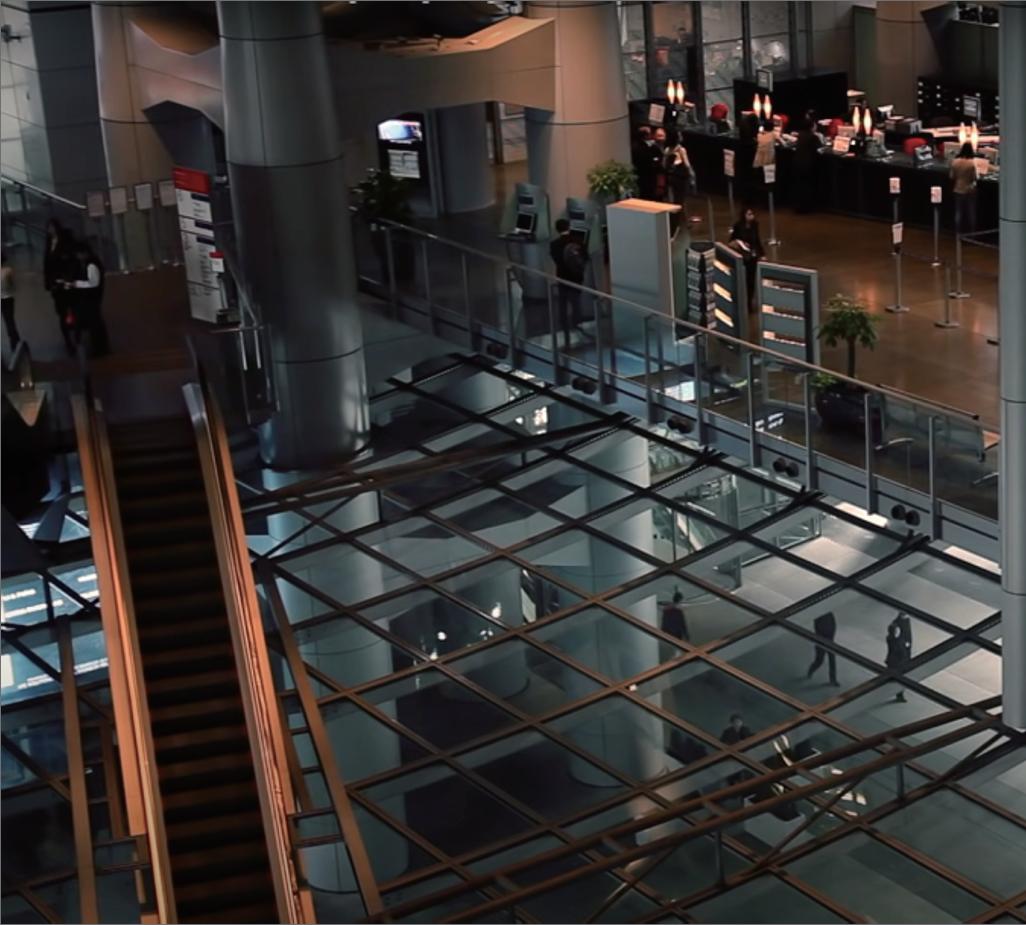
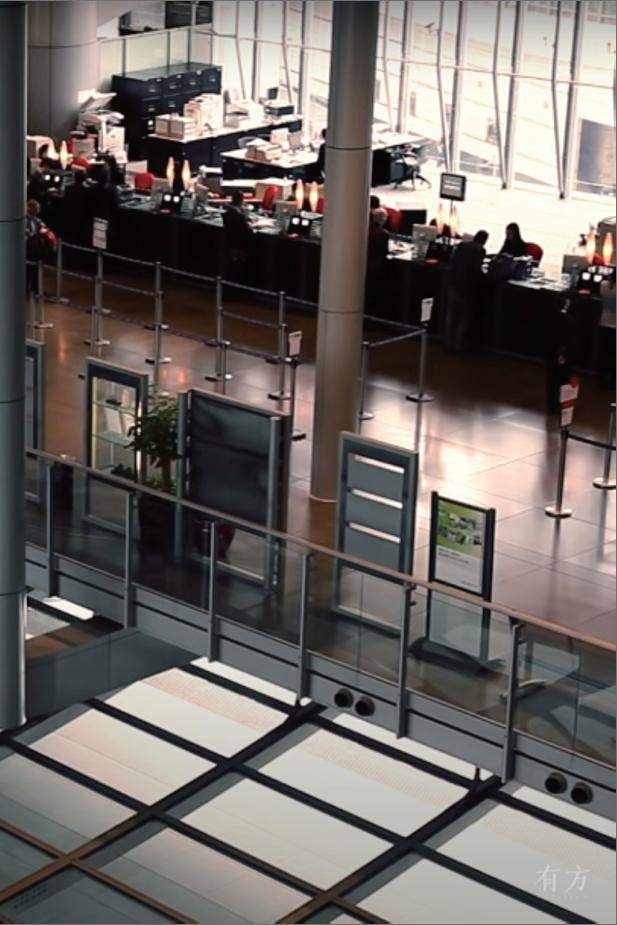
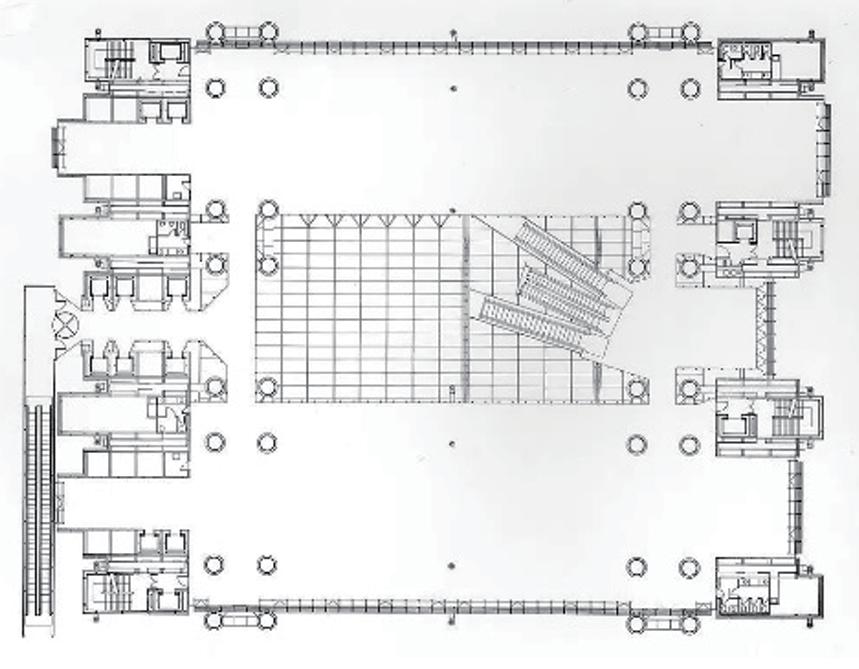
Case Study
Methods of experimental practice
Three Case Studies for My Specialism
Concepts
1.The tall and hollow atrium gathers "Chi"...
2.Trees and vegetation block negative energy
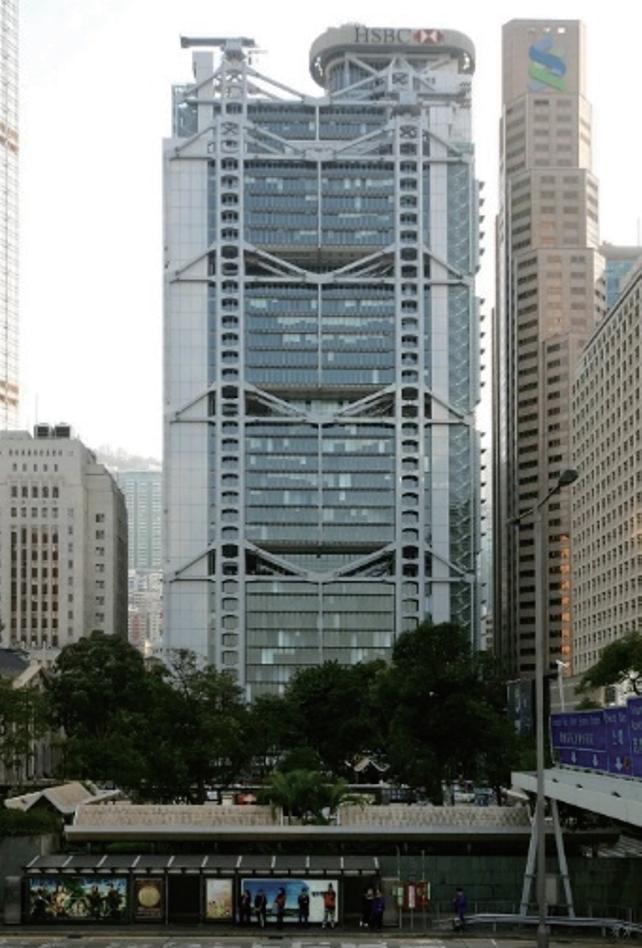
Processes
1.The atrium design introduces natural ventilation and emphasizes a sense of grandeur.
2.Convert the land in front of the building into a public park.
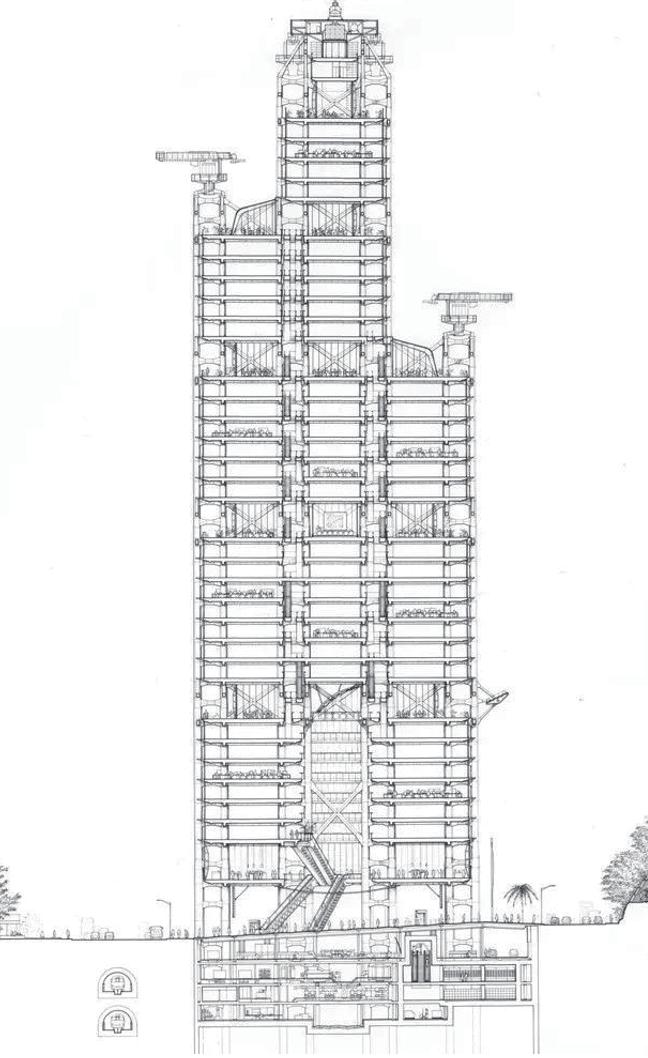
Outcomes
1. lconic energy-saving design with reflective sunlight characteristics.
2. Consolidating HSBC's global position (HSBC has always been the largest bank in Hong Kong)
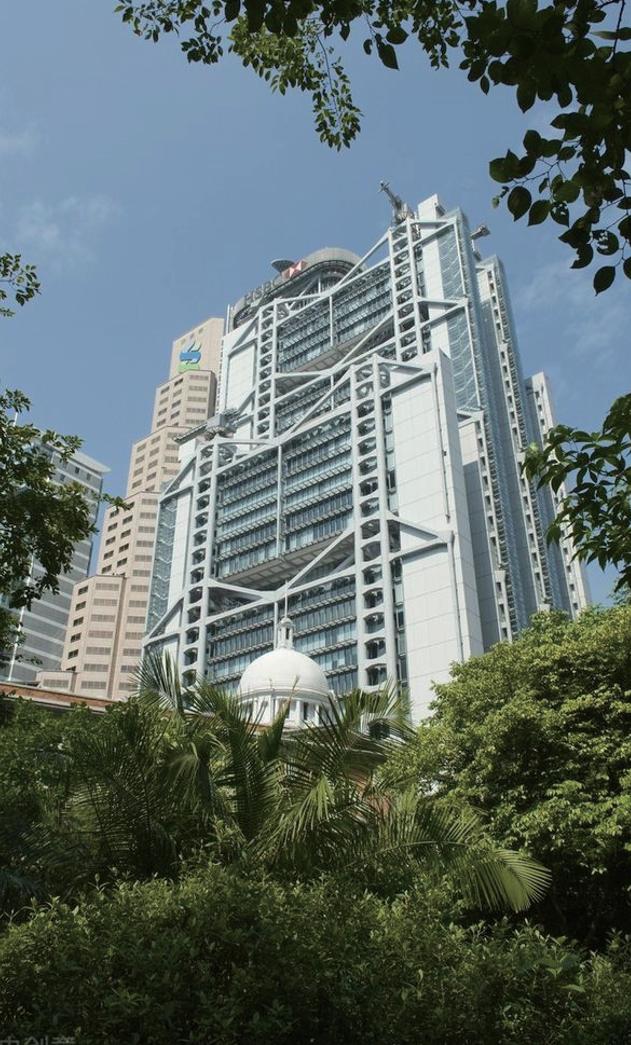
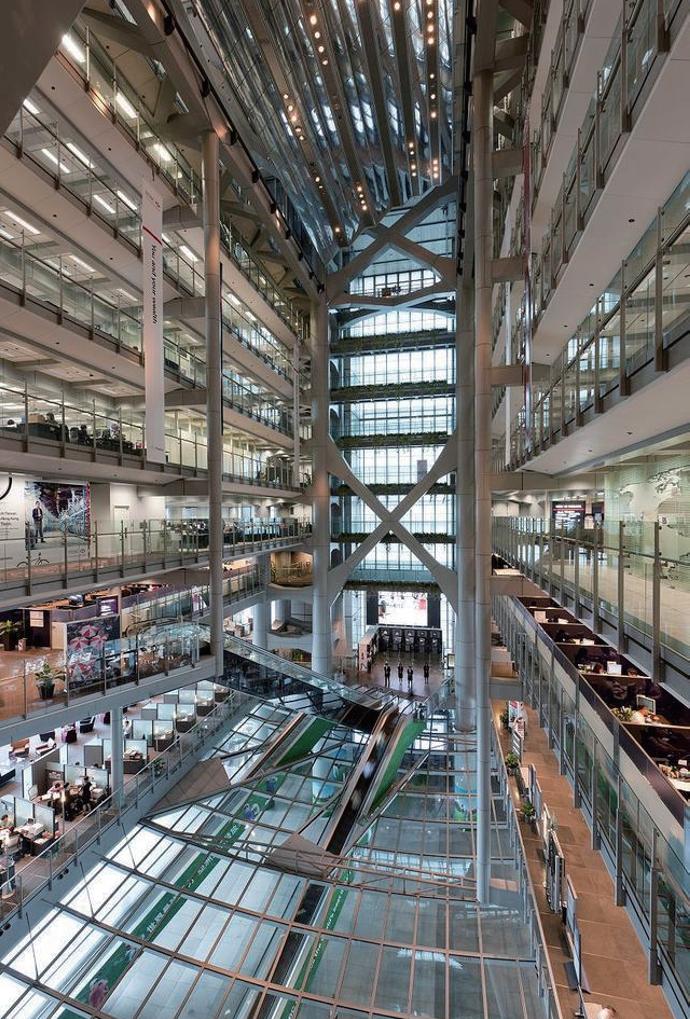
Methods of experimental practice
Applying Feng Shui Principles to the Design Process
Workflows
1. When selecting a site, priority should be given to natural "air" or "Chi" flow.
2. Transform the land in front of the building into a park to balance energy flow.
The HSBC Building (Hong Kong)
3. The atrium design promotes natural ventilation and emphasizes grandeur.
Methods
1. Collaborate with Feng Shui experts for consultation.
2. Incorporate ecological considerations into the design.
Outcomes
Architect Norman Foster designed the HSBC building in Hong Kong in 1986. It took 6 years from conception to completion. The entire building has 46 floors, 4 basement floors, a total height of 180 meters, and is constructed from 30000 tons of steel and 4500 tons of aluminum.
Methods of experimental practice
Three Case Studies for My Specialism
Concepts Architect Case Study Processes Outcomes
The Apple Store (London)
Norman Foster + Partners
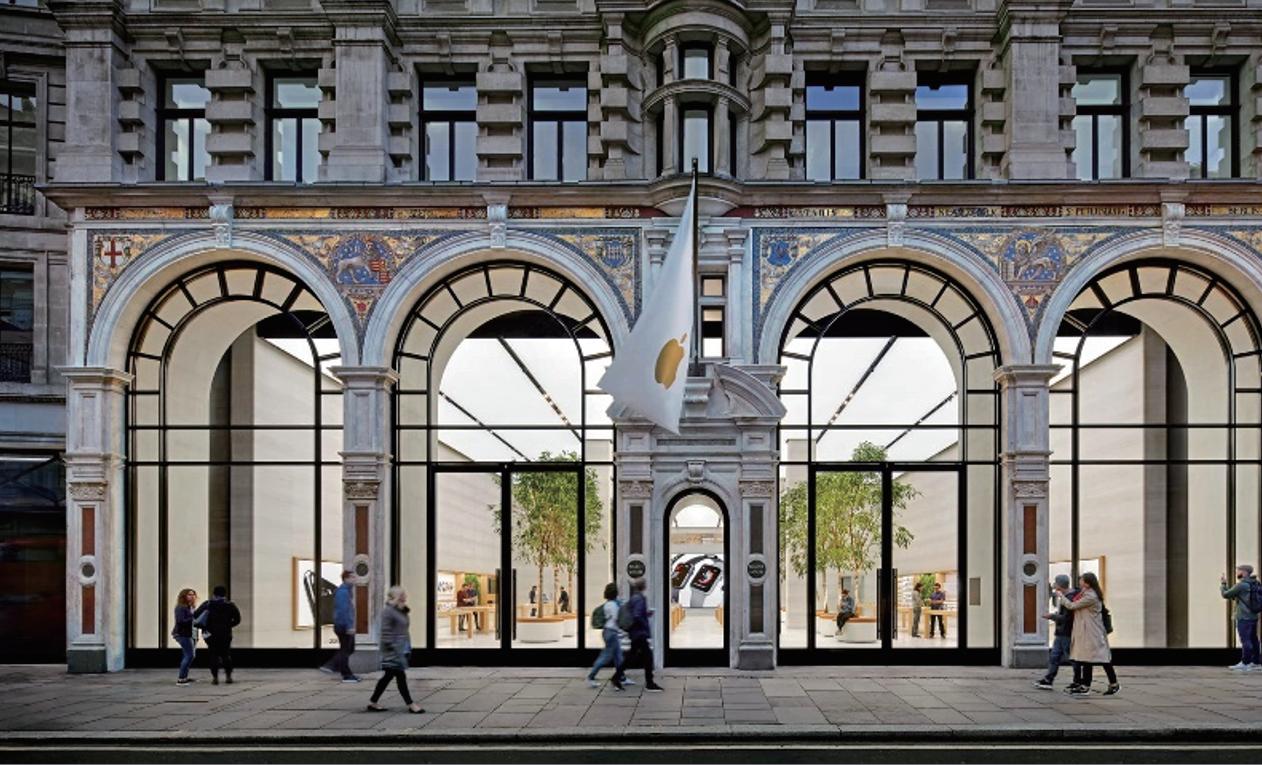
1.Flexible "city square" design, increasing transparency and natural light.
2.The banyan tree and glowing ceiling create a warm atmosphere.

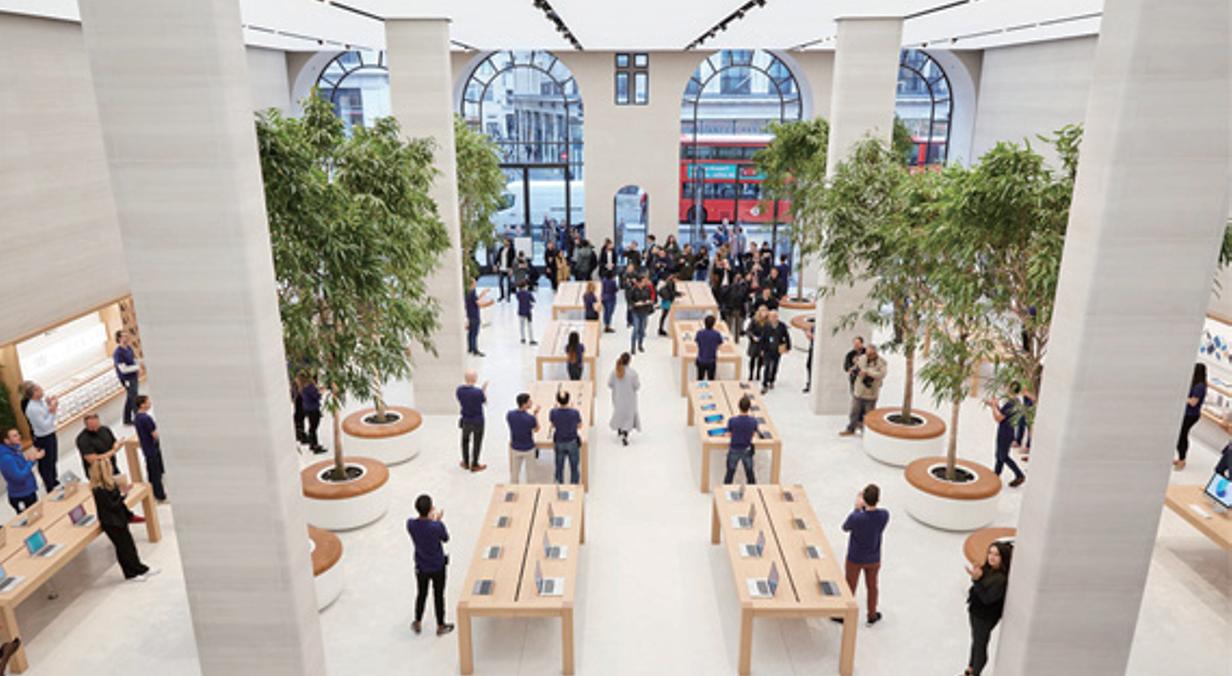
1.The double height indoor space creates a comfortable social environment.
2.The clockwise airflow design stimulates spontaneous purchasing behavior.
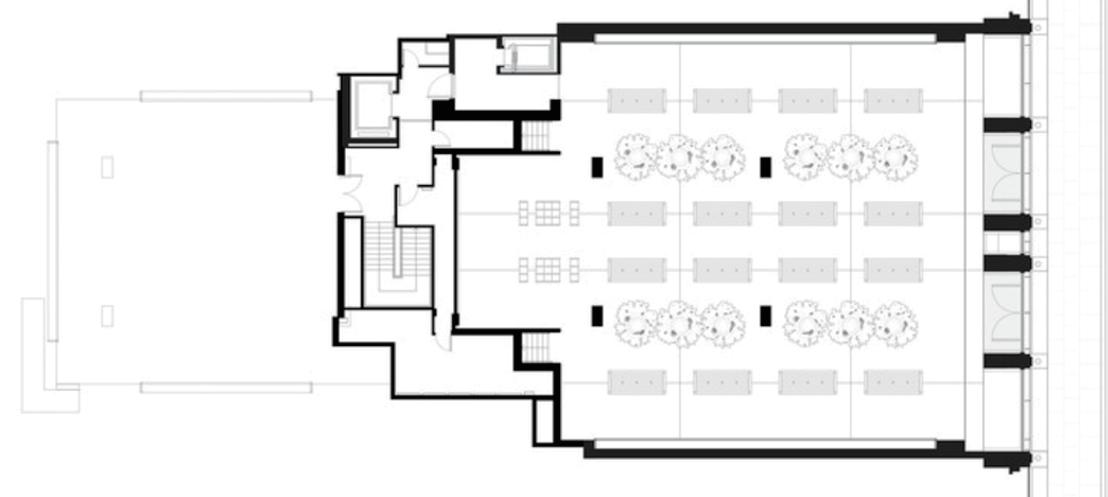
1. Becoming one of the stores with the highest annual sales per square foot in London retail.
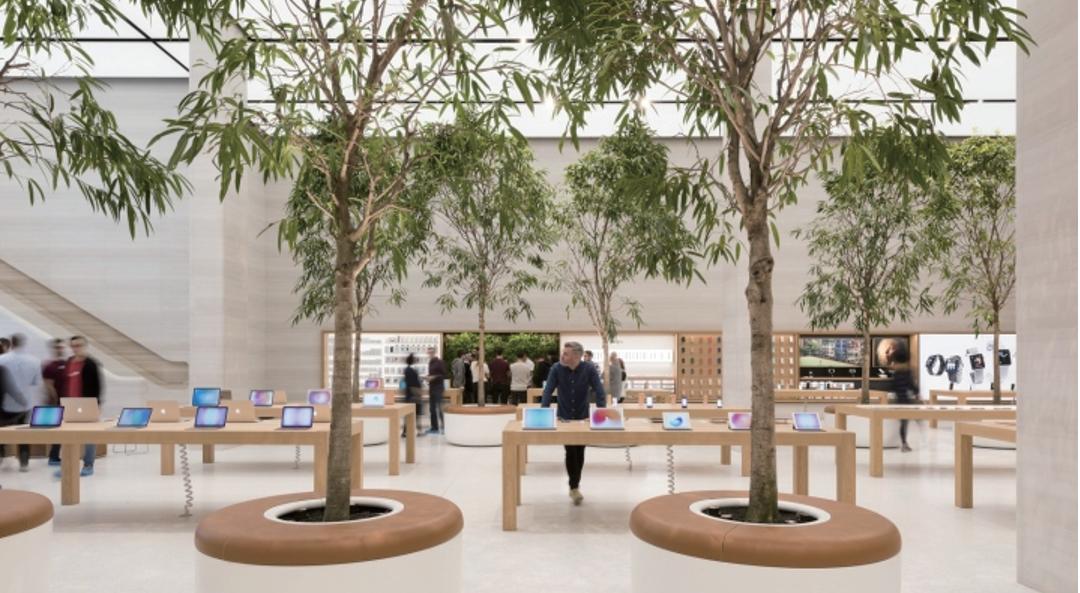

Methods of experimental practice
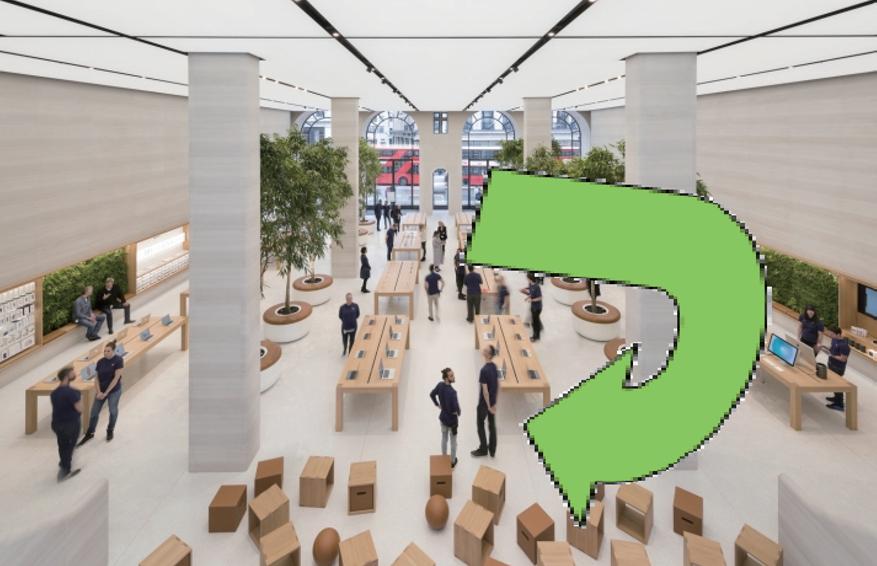
Applying Feng Shui Principles to the Design Process Workflows Case Study Methods Outcomes
The Apple Store (London)
1. Indoor clockwise airflow design promotes spontaneous decision-making.
2. Use natural elements such as trees and light to create a comfortable atmosphere.
1. Integrating urban horticulture into interior design.
2. Applying the concept of Feng Shui energy flow in the retail environment. The Apple Regent Street was designed in 2016 in close collaboration between Apple’s teams led by Jonathan Ive, chief design officer, and Angela Ahrendts, senior vice president of Retail and Foster + Partners. It creates a relaxed environment and incorporates Apple's new features and services.
Methods of experimental practice
Three Case Studies for My Specialism
Concepts Architect Case Study Processes Outcomes
1.The appearance of bamboo symbolizes growth and strength.
I.M. Pei
2.Sharp building edges pose a challenge to feng shui harmony.
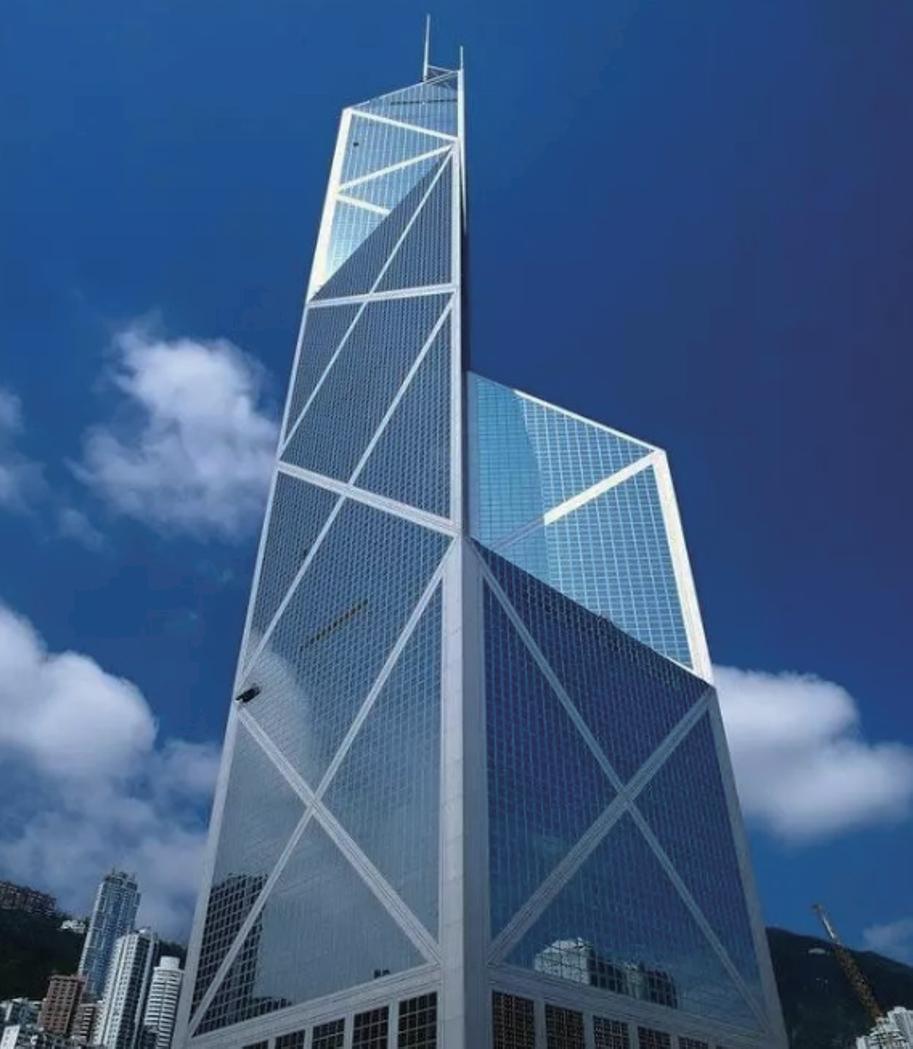
1.Reflective glass maximizes natural lighting requirements.
2.The sharp 'blade' shape creates negative feng shui effects (later adjusted with the HSBC roof 'cannon').

1.
1. Despite controversy in feng shui, it has become a globally iconic skyscraper.
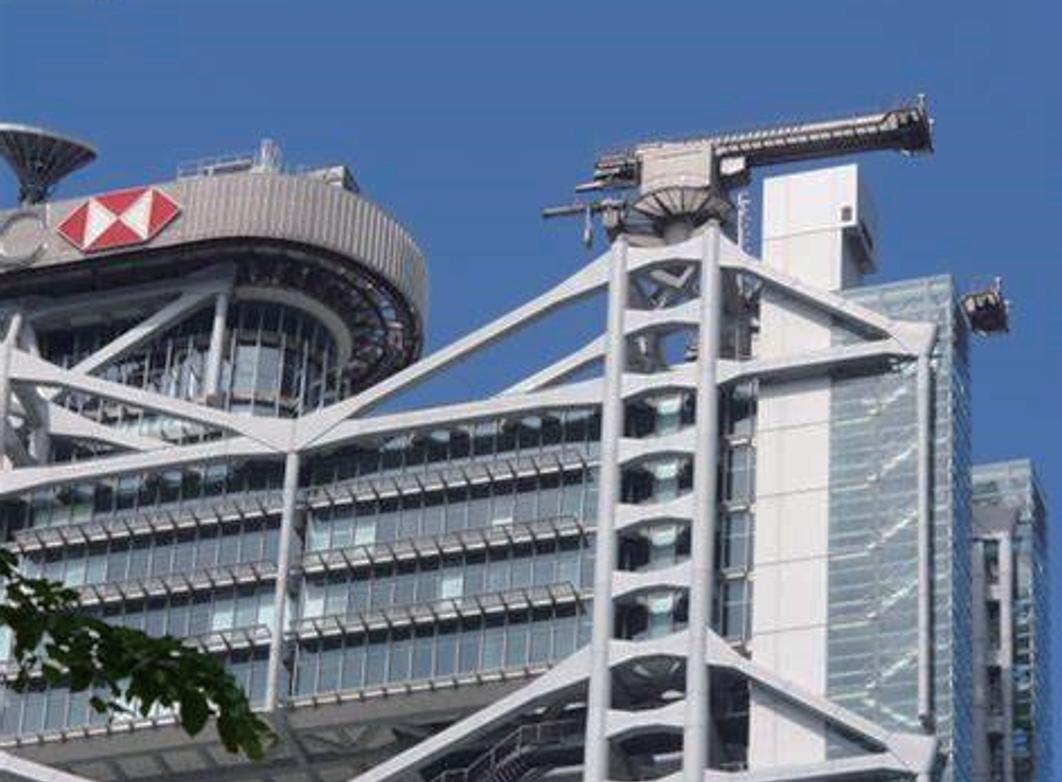
Methods of experimental practice
Applying Feng Shui Principles to the Design Process Workflows
1. Conduct extensive analysis of materials to balance symbolism and functionality.
2. Adjust after negative feng shui impacts occur (such as the HSBC roof 'cannon').
Construction began in April 1985 and was completed in 1989 The building has a sharp and angular structure with three sharp edges.
Methods of experimental practice
the challenges and opportunities
Challenges Opportunities
1. Feng Shui theory lacks scientific explanations and verification methods.
2. Joseph Needham believes that Feng Shui theory is pseudo-science, but he believes that Feng Shui theory contains aesthetic elements.
3. The scientific mechanical worldview of Western scholars makes it difficult to accept the Feng Shui theory.
4. The research applying Feng Shui theory to architecture mainly focused on China and Southeast Asian countries, and most research papers are published in local languages. There are not many studies that apply Feng Shui theory to architecture and have been published in English.
1. Feng Shui has existed and developed in non-scientific environments for centuries, and it is the default worldview in China and Southeast Asia, and naturally has its significance and rationality.
2. Feng Shui theory has a vast market in Southeast Asia, especially in China.
3. For over half a century since Joseph Needham, not only Chinese and Southeast Asian scholars but also Western scholars have begun to study Feng Shui theory from a scientific perspective.
4. The English literature on the application of Feng Shui theory to architecture needs further development.
Methods of experimental practice
My practice is research-oriented
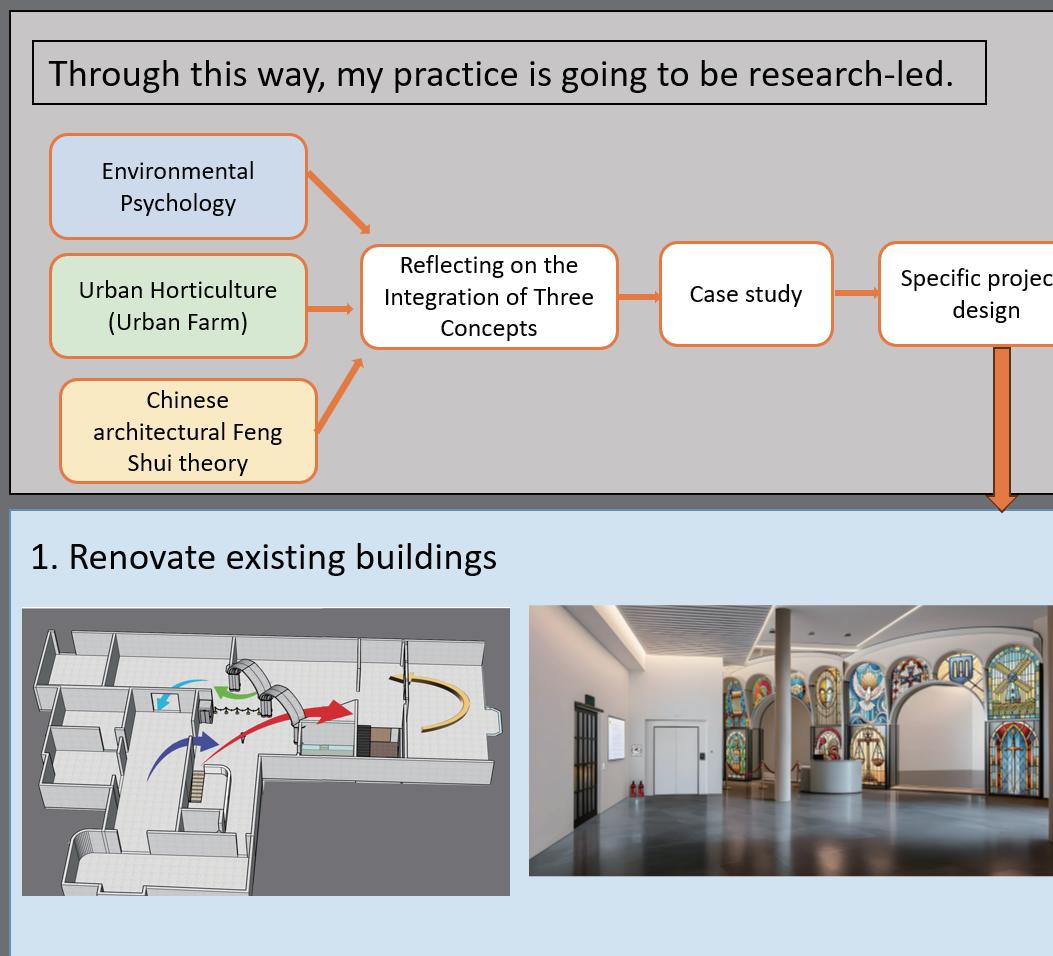
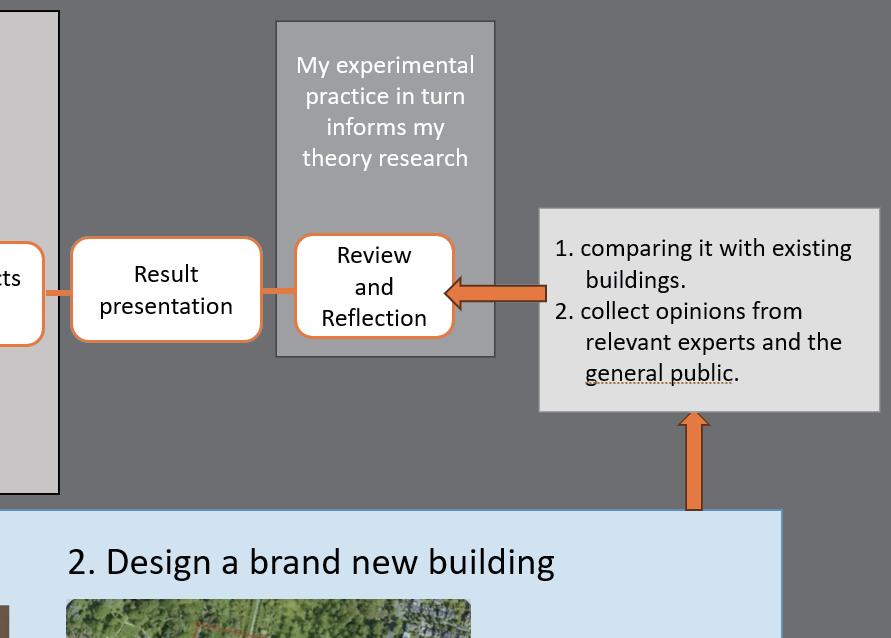

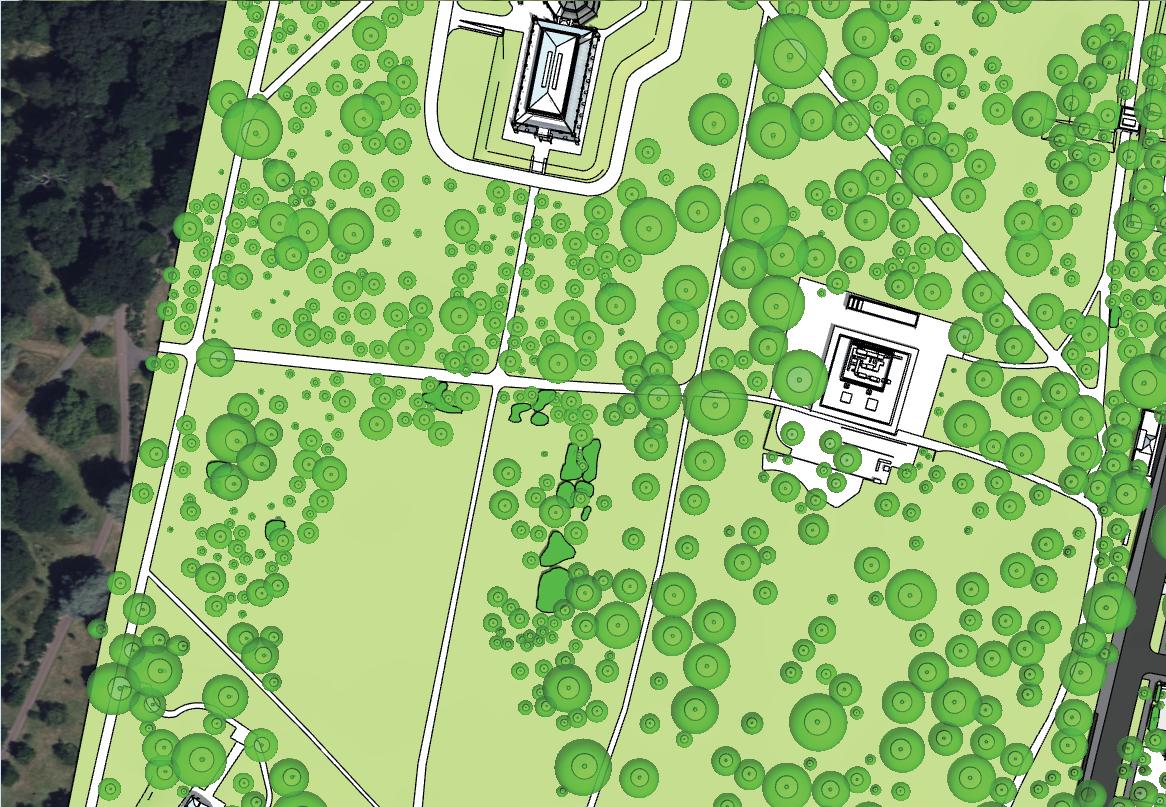
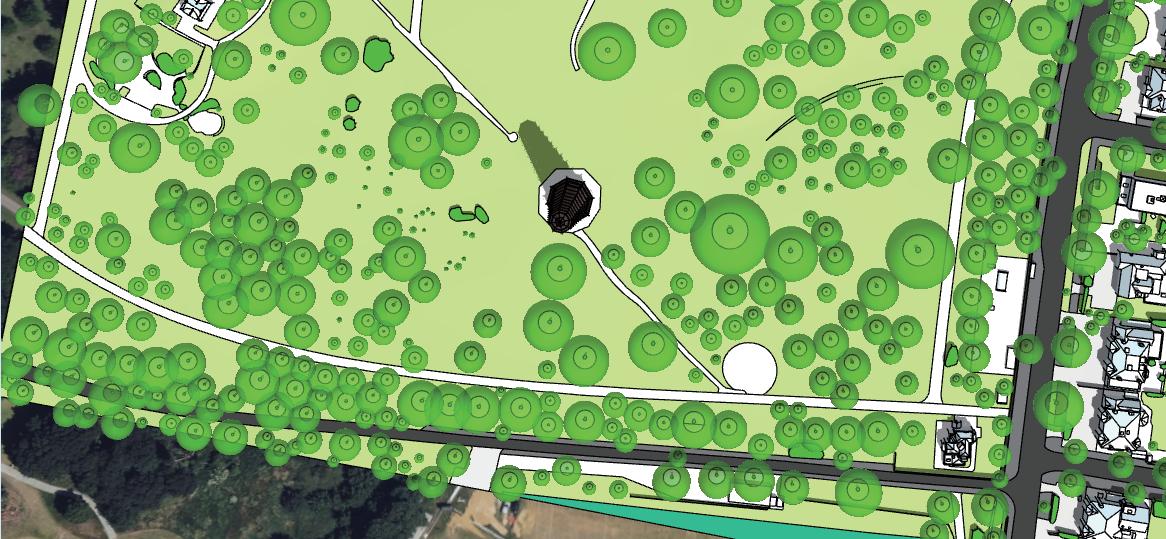


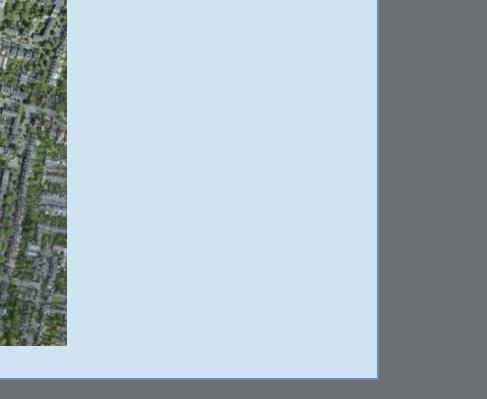
Project Proposal and 3 research questions
ABSTRACT
This study aims to conduct in-depth research on environmental psychology and Chinese architectural Feng Shui theory and attempt to interpret Chinese architectural Feng Shui theory from the perspective of environmental psychology. According to research in environmental psychology, environmental noise causes human stress, stress related to the built environment can even damage life expectancy, and green vegetation can alleviate stress. This is consistent with the Feng Shui theory that emphasizes planting plants to establish a connection and integration between humans and nature. Through case studies, I extract the application principles of Feng Shui theory in architectural design and explain the extracted application principles through environmental psychology. Finally, practical cases will be selected to improve the design based on Feng Shui theory, and with the support of scientific theories in environmental psychology, combined with the concepts of urban horticulture and sustainable architecture for practical design. Present the designed floor plans, renderings, and models for exhibition, collect opinions from relevant experts and the general public, and reflect on and summarize them.
Research Questions
Q1. Is Chinese Feng Shui theory a science or a metaphysic? Can the principles of Chinese Feng Shui theory applied to architecture be scientifically explained using environmental psychology?
Q2. Can the integration of environmental psychology, feng shui theory, and urban horticulture into practical design stimulate new creativity and further promote the integration of Eastern and Western architectural cultures?
Q3. Can the concept of sustainable architecture be introduced into my design?
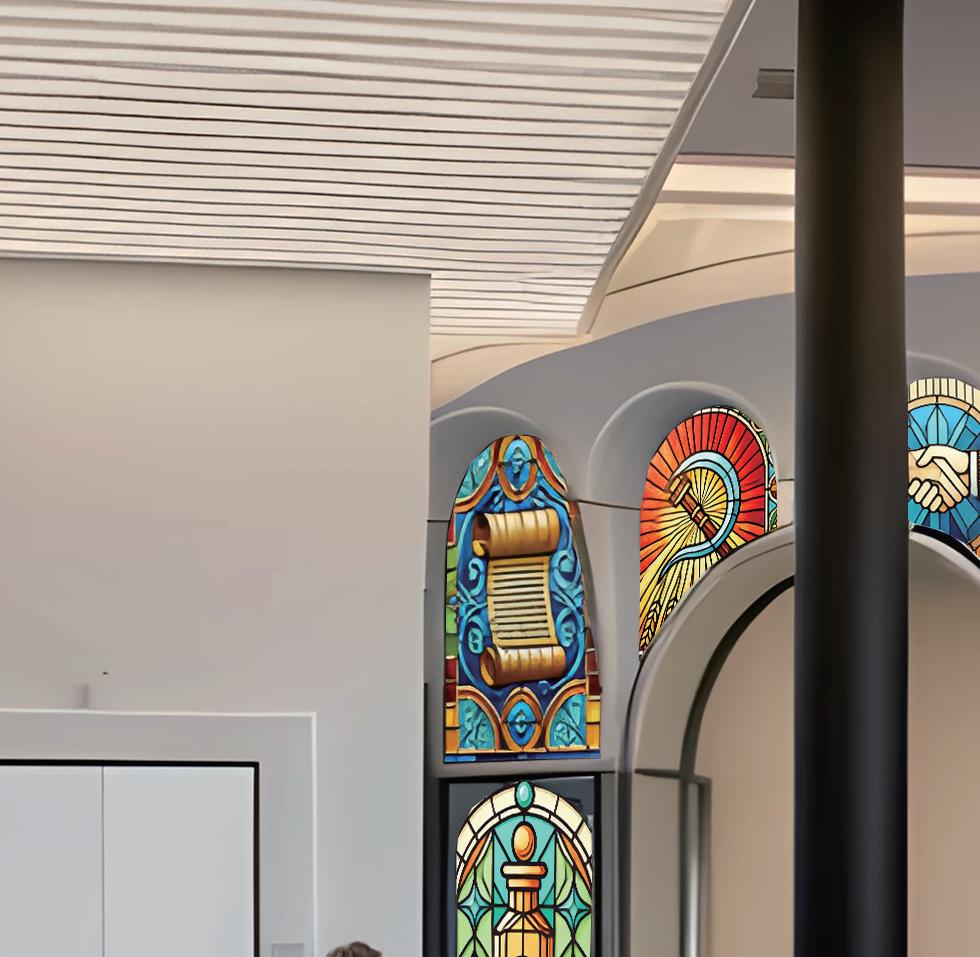
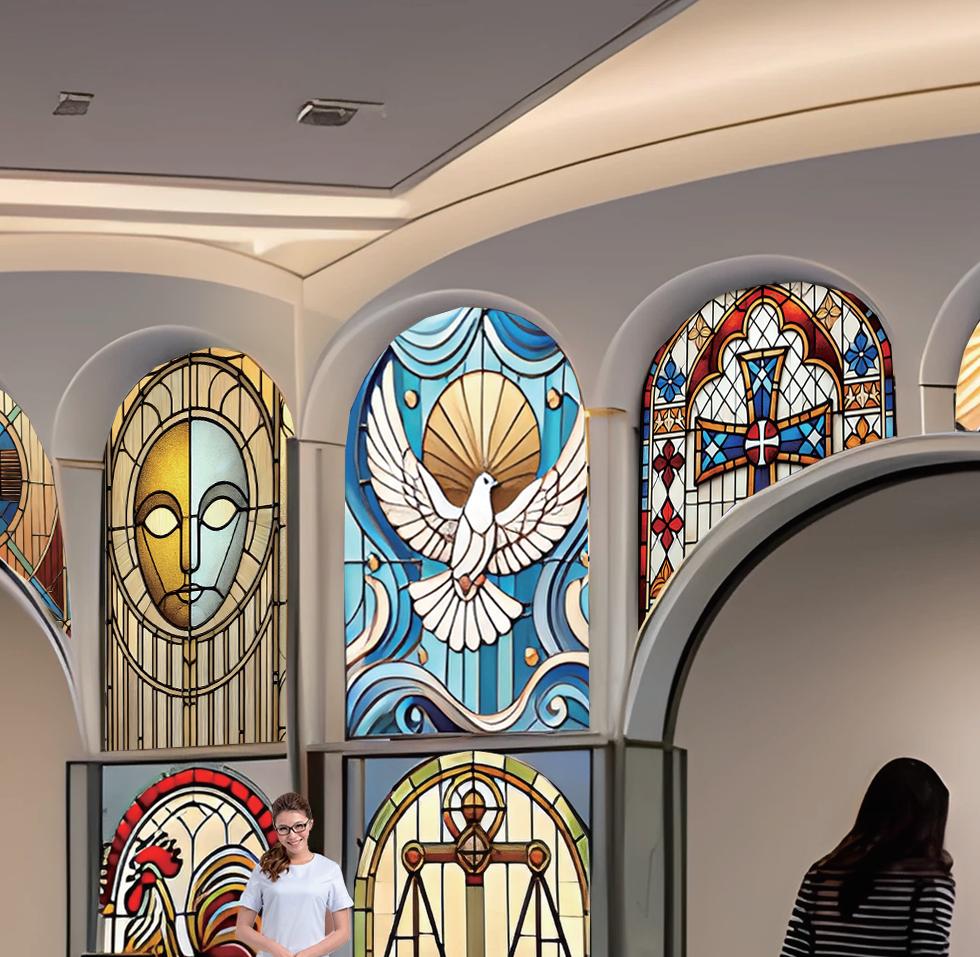


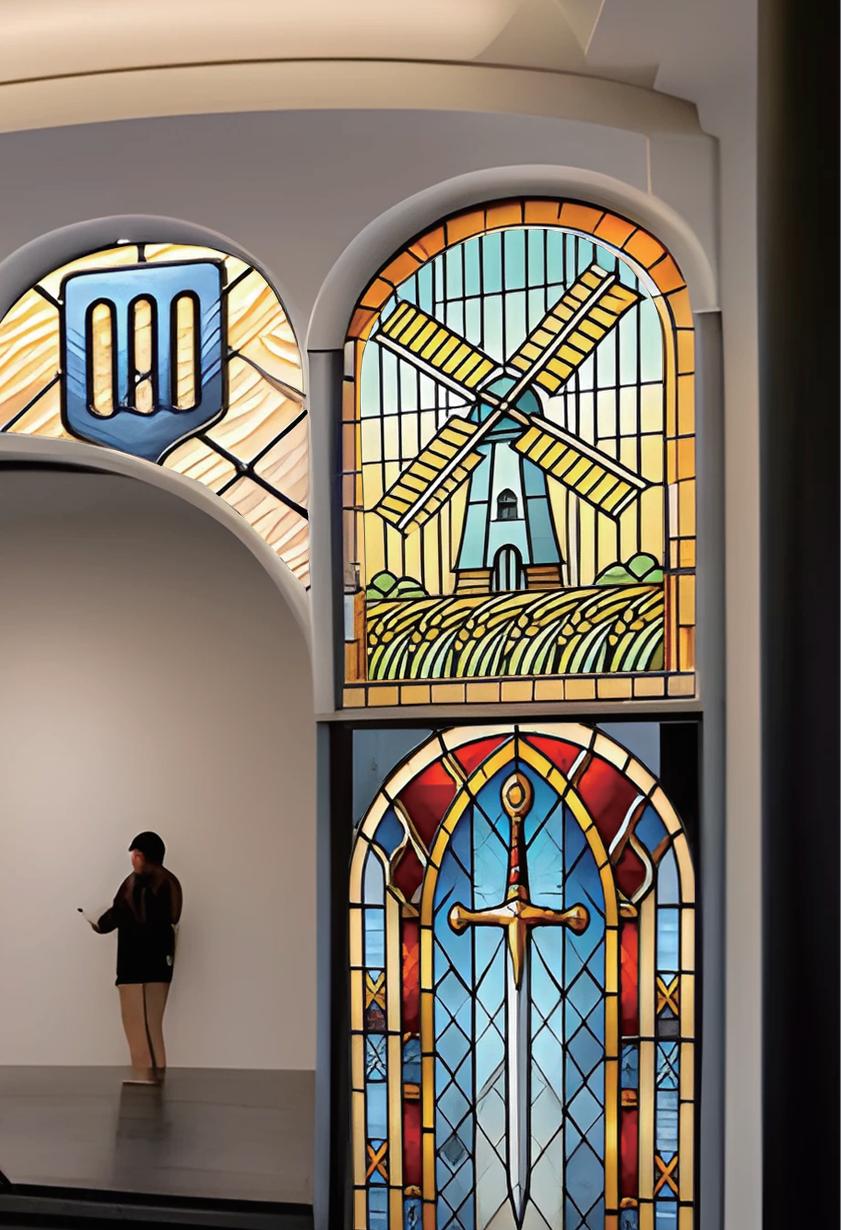

Bibliography and Illustration list
Bibliography
1. Archistar team (2020). The Basic Principles of Feng Shui (And Four Buildings That Use Feng Shui Design Principles) | ArchiStar Academy. https://academy.archistar.ai/the-basic-principles-of-feng-shui-and-four-buildings-that-use-feng-shui-design-principles
2. Architecture & Food. What we do and why we do it..., Rooftop Greenhouses | Architecture & Food. [online]. Available at: https://www.architectureandfood.com/
3. Cheng-Yun Chang (2024). What affect does the architectural promenade have on the users of museums? Undergraduate thesis in Architecture at Nottingham Trent University.
4. Cho, Anjie (2024). How to Create Good Feng Shui in Your Home. The spruce > Home Design & Decorating > Feng Shui > How to Create Good Feng Shui in Your Home [online]. Available at: https://www.thespruce.com/create-good-feng-shui-in-your-home-1275057
5. Cho, Anjie &
(2024). The Basic Principles of Feng Shui. The spruce > Home Design & Decorating > Feng Shui > The Basic Principles of Feng Shui [online]. Available at: https://www.thespruce.com/what-is-feng-shui-1275060
7. Cottam, Bryony (2022). The rise and benefits of urban farming- Geographical. [online]. Available at: https://geographical.co.uk/science-environment/the-rise-and-benefits-of-urban-farming
8. Dobson, M. C., Warren, P. H. & Edmondson, J. L. (2021). Assessing the Direct Resource Requirements of Urban Horticulture in the United Kingdom: A Citizen Science Approach. Sustainability (5), 2628-2628. https://www.mdpi.com/2071-1050/13/5/2628
9. Frangos, Maria & Imbesi, Lorenzo. (2015). Urban Gardening as Disruptive Design Practice. The International Journal of Design in Society (2), 1-12. https://cgscholar.com/bookstore/works/urban-gardening-as-disruptive-design-practice
10. Glaser, R., Kiecolt-Glaser, J.K. (2005). Stress-induced immune dysfunction: Implications for health. Nat. Rev. Immunol. 2005, 5, 243–251. 6. Clarkson, Amanda (2023). Feng Shui and Modern Architecture: A Symbiotic Relationship. https://fengshuimood.com/feng-shui-and-modern-architecture-a-symbiotic-relationship/
11. Glass, D.C., Singer, J.E. (1972). Urban Stress: Experiments on Noise and Social stressors. Academic Press; New York, NY, USA: 1972.
12. Higuera-Trujillo J. L., Llinares C., Macagno E. (2021). The Cognitive-Emotional Design and Study of Architectural Space: A Scoping Review of Neuroarchitecture and Its Precursor Approaches. Sensors (Basel). 2021 Mar 21;21(6):2193. https://www.mdpi.com/1424-8220/21/6/2193
13. Markussen, Thomas. (2013). The Disruptive Aesthetics of Design Activism: Enacting Design Between Art and Politics. Design Issues (1), 38-50. https://direct.mit.edu/desi/article-abstract/29/1/38/69075/The-Disruptive-Aesthetics-of-Design-Activism?redirectedFrom=fulltext
14. Mogas-Recalde, J., Palau, R. (2021). Classroom Lighting and Its Effect on Student Learning and Performance: Towards Smarter Conditions. In: Mealha, Ó., Rehm, M., Rebedea, T. (eds) Ludic, Co-design and Tools Supporting Smart Learning Ecosystems and Smart Education. Smart Innovation, Systems and Technologies, vol 197. Springer, Singapore. https://doi.org/10.1007/978-981-15-7383-5_1
15. Needham, J., & Ling, W. (1956). Science and civilisation in China, Vol. 2, History of scientific thought. Cambridge: Cambridge University Press.
16. Nethmini Sashika M.A., Gammanpila H.W. & Priyadarshani S.V.G.N. (2024). Exploring the evolving landscape: Urban horticulture cropping systems–trends and challenges. Scientia Horticulturae 112870. https://www.sciencedirect.com/science/article/abs/pii/S030442382400030X?via%3Dihub
An Evidence-Based Approach to Designing Healing Gardens and Restorative Outdoor Spaces. ISBN:978-1-118-42110-9
18. Sosnowska, M., Kepkowicz, A., Wozniak-Kostecka, I., Lipinska, H. & Renaudie, L. (2022). Exploring the potential for development of urban horticulture in the 1960 s housing estates. A case study of Lublin, Poland. Urban Forestry & Urban Greening. https://www.sciencedirect.com/science/article/abs/ pii/S1618866722002321?via%3Dihub
19. Ulrich, R. (1984). View through a window may influence recovery from surgery. Science, 1984, 224(4647): 420-421. DOI:10.1126/science.6143402.
Hu, Y. & Tian, Y. (2024). Long-term exposure to residential greenness and decreased risk of depression and anxiety. Nature Mental Health (5), 525-534. https://www.nature.com/articles/s44220-024-00227-z
Y.S. Ho, Frances K.Y. et al. (2020). Neighbourhood green space, perceived stress and sleep quality in an urban population. Urban Forestry & Urban Greening, Vol. 54, October 2020, 126763. https://doi.org/10.1016/j.ufug.2020.126763
22. Zijlstra, E., van der Zwaag, B., Kullak, S., Rogers, A., Walker, D., van Dellen, S. & Mobach, M. (2024). A randomized controlled trial of Golden Ratio, Feng Shui, and evidence based design in healthcare.. PloS one (6), e0303032-e0303032. https://journals.plos.org/plosone/article?id=10.1371/journal. pone.0303032
Bibliography and Illustration list
Illustration list
Figure 2. Chinese Culture: Chinese Classics “Tao Te Ching”. Beijing Poly International Auction Co., Ltd https://www.polypm.com.cn/assest/detail/0/ art5052283535/34/7
Figure 3. Chinese Culture: Tai Chi and Eight Trigrams (Bagua). http:// hejunwenhua.com/news/show-372.html
8. Rendering. (2024) Cheng Yun Chang.
Cheng Yun Chang.
Yun Chang.
14. UCA Canterbury (2024) [online image]. Available at: https://www.uca.ac.uk/campuses/canterbury/ [accessed 27 November 2024]
Figures 16. Master's degree icon. Master's degree website button on white background Stock Photo – Alamy. [online image]. Available at: https:// www.alamy.com/stock-photo-masters-degree-icon-masters-degree-website-button-on-white-background-137345284.html?imageid=08A2D28287D4-4A5C-8A4B-45C9E19231B5&p=213052&pn=1&searchId=fe937fc9784d4c9b9c1d5c1fd8fda2ab&searchtype=0 [accessed 27 November 2024]
Figures 17. Ph. D. https://www.rndexpert.com/phd_admission.php
Figure 18. 45 years on, China's Great Green Wall continues to grow – CGTN (2023). [online image]. Available at: https://news.cgtn.com/news/202306-18/45-years-on-China-s-Great-Green-Wall-continues-to-grow-1kJqf51OKYw/index.html [accessed 27 November 2024]
Figure 19. Free seminar on light quality in schools (2019). Lighting Metropolis [online image]. Available at: https://lightingmetropolis. com/2019/10/30/light-for-learning/ [accessed 27 November 2024]
20. Urban Gardening - Community Garden in Center of the City with Raised Beds. Viesturs Radovics [online image]. Available at: https:// www.dreamstime.com/urban-gardening-community-garden-center-city-raised-beds-urban-horticulture-selective-focus-urban-gardeningimage225019570 [accessed 27 November 2024]
Figure 21. How to Use Feng Shui Principles in Architecture (2024). ARCHOVA [online image]. Available at: https://archovavisuals.com/how-to-usefeng-shui-principles-in-architecture/ [accessed 27 November 2024]
Figure 22. The surgical patients assigned to rooms with windows facing natural scenes had shorter hospital stays (2022). North Star Patient Advocacy Blog [online image]. Available at: https://northstarpatientadvocacy.com/2022/03/mastering-a-hospital-stay/ [accessed 4 December 2024]
Figure 23. Stress-induced immune dysfunction: implications for health (2005). [paper image]. Available at: Glaser, R., Kiecolt-Glaser, J. Stress-induced immune dysfunction: implications for health. Nat Rev Immunol 5, 243–251 (2005). https://www.nature.com/articles/nri1571 [accessed 4 December 2024]
24. LA Green Grounds. CNN Call to Earth (2021). LA Green Grounds. [online image]. Available at: https://www.lagreengrounds.org/gallery [accessed 4 December 2024]
Figure 25. Re:farm the city workshop. Re:farm the city workshop (2011). HomeShop farm moving up. [online image]. Available at: http://www. homeshopbeijing.org/blog/?tag=refarm [accessed 4 December 2024]
Figure 26. A rooftop farm in Thailand (2022). The rise and benefits of urban farming. [online image]. Available at: https://geographical.co.uk/ science-environment/the-rise-and-benefits-of-urban-farming [accessed 4 December 2024]
Figure 28. Framework for urban design activism (2013) Thomas Markussen [paper image]. Available at: https://direct.mit.edu/desi/articleabstract/29/1/38/69075/The-Disruptive-Aesthetics-of-Design-Activism?redirectedFrom=fulltext [accessed 4 December 2024]
Figure 29. Tekes’ central road layout looks like a Bagua diagram. Available at: https://www.re-thinkingthefuture.com/rtf-architectural-reviews/a3324theory-in-architecture-feng-shui/ [accessed 4 December 2024]
Figure 30. Anjie Cho’s homepage. [online image]. Available at: https://www.thespruce.com/create-good-feng-shui-in-your-home-1275057 [accessed 4 December 2024]
Figure 31. My critical practice mind maps. (2024) Cheng Yun Chang.
Figure 32. Experimental Practice Process. (2024) Cheng Yun Chang.
Figure 33. The HSBC Building in Hong Kong. Available at: https://www.archiposition.com/items/6c0f429955
Figure 34. The Apple Store (London). Available at: https://www.apple.com/uk/retail/regentstreet/
Figure 35. The Bank of China Tower (Hong Kong) Available at: https://www.sohu.com/a/208483081_557768
Figure 36. A tall and hollow atrium on the first floor of the HSBC. Available at: https://www.archiposition.com/items/6c0f429955
Figure 37. Floor Plan of HSBC Headquarters Building in Hong Kong. Available at: https://www.archiposition.com/items/6c0f429955
Figure 38. Section of HSBC Headquarters Building in Hong Kong. Available at: https://www.archiposition.com/items/6c0f429955
Figure 39. Indoor Open Design of Apple Store (London). Available at: https://www.apple.com/newsroom/2016/10/apple-regent-street-to-reopenwith-new-design/
Figure 40. Ground Floor Plan of Apple Store (London). Available at: https://www.archdaily.com/797835/apple-regent-street-foster-plus-partners
Figure 41. Section of Apple Store (London). Available at: https://www.archdaily.com/797835/apple-regent-street-foster-plus-partners
Figure 42. The Bamboo Image of Bank of China Tower (Hong Kong) Available at: https://en.wikiarquitectura.com/building/bank-of-china-tower/
Figure 43. The park in front of the HSBC building. Available at: https://www.163.com/dy/article/FIDPBH090514ETGI.html
Figure 44. Natural ventilation, grand atrium. Available at: https://www.163.com/dy/article/FIDPBH090514ETGI.html
Figure 45. Use trees to create a comfortable atmosphere. Available at: https://retaildesignblog.net/2016/10/24/apple-regent-street-store-by-fosterpartners-london-uk/
Figure 46. The direction and flow of people and "Chi" in indoor retail environments. Available at: https://retaildesignblog.net/2016/10/24/appleregent-street-store-by-foster-partners-london-uk/
Figure 47. HSBC Building Feng Shui Cannons. Available at: https://www.atlasobscura.com/places/hsbc-building-feng-shui-cannons
Figure 48. A pair of lion sculptures placed on both sides of the HSBC gate. Available at: https://www.sohu.com/a/402413812_133961
Figure 49. The center of the Yangtze River. Available at: https://www.sohu.com/a/208483081_557768
Figure 50. Renovation design. (2024) Cheng Yun Chang
Figure 51. Renovation design rendering. (2024) Cheng Yun Chang
Figure 52. Building site . (2024) Cheng Yun Chang
Figure 53. My design for The Beaney House. (2024) Cheng Yun Chang
